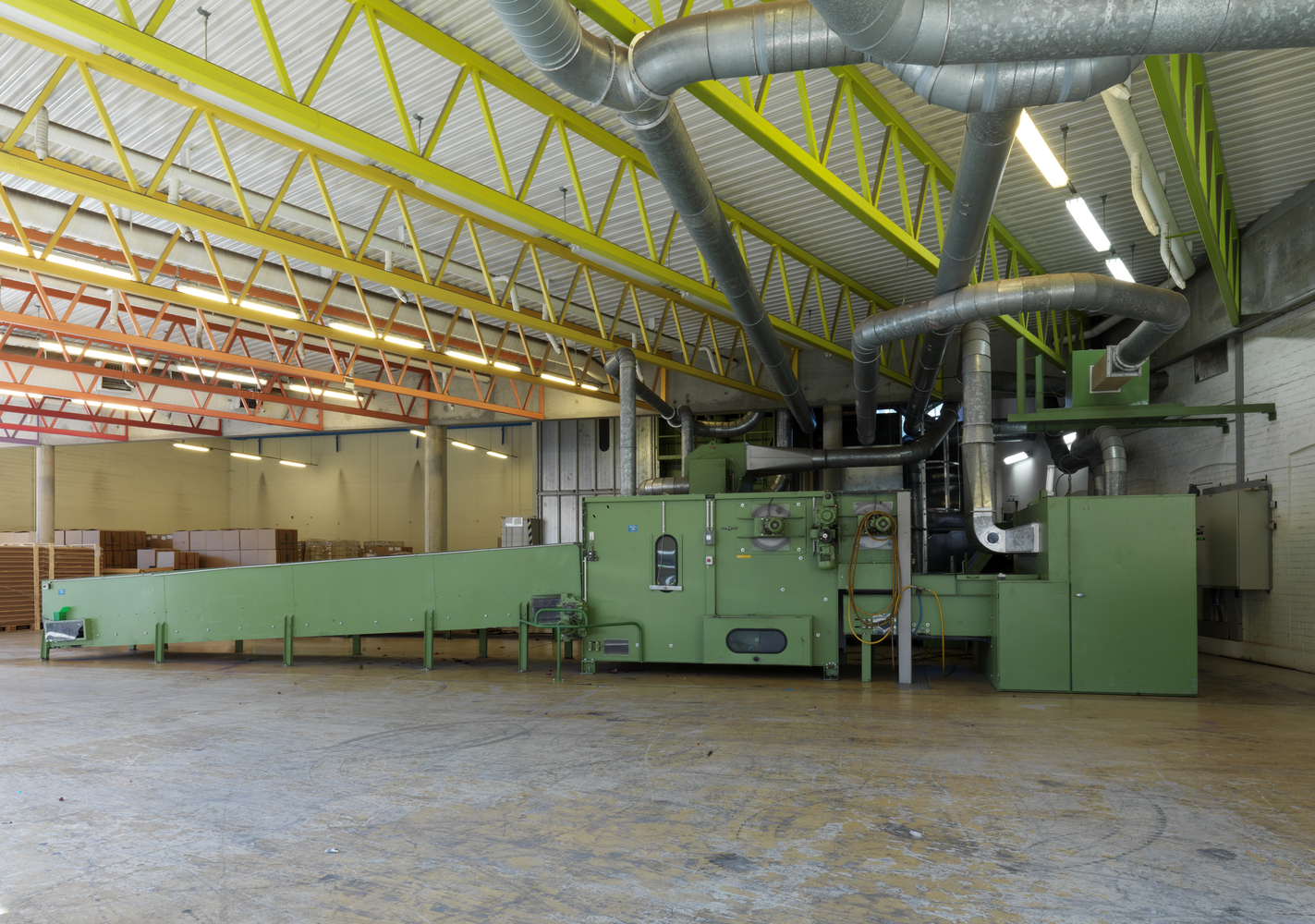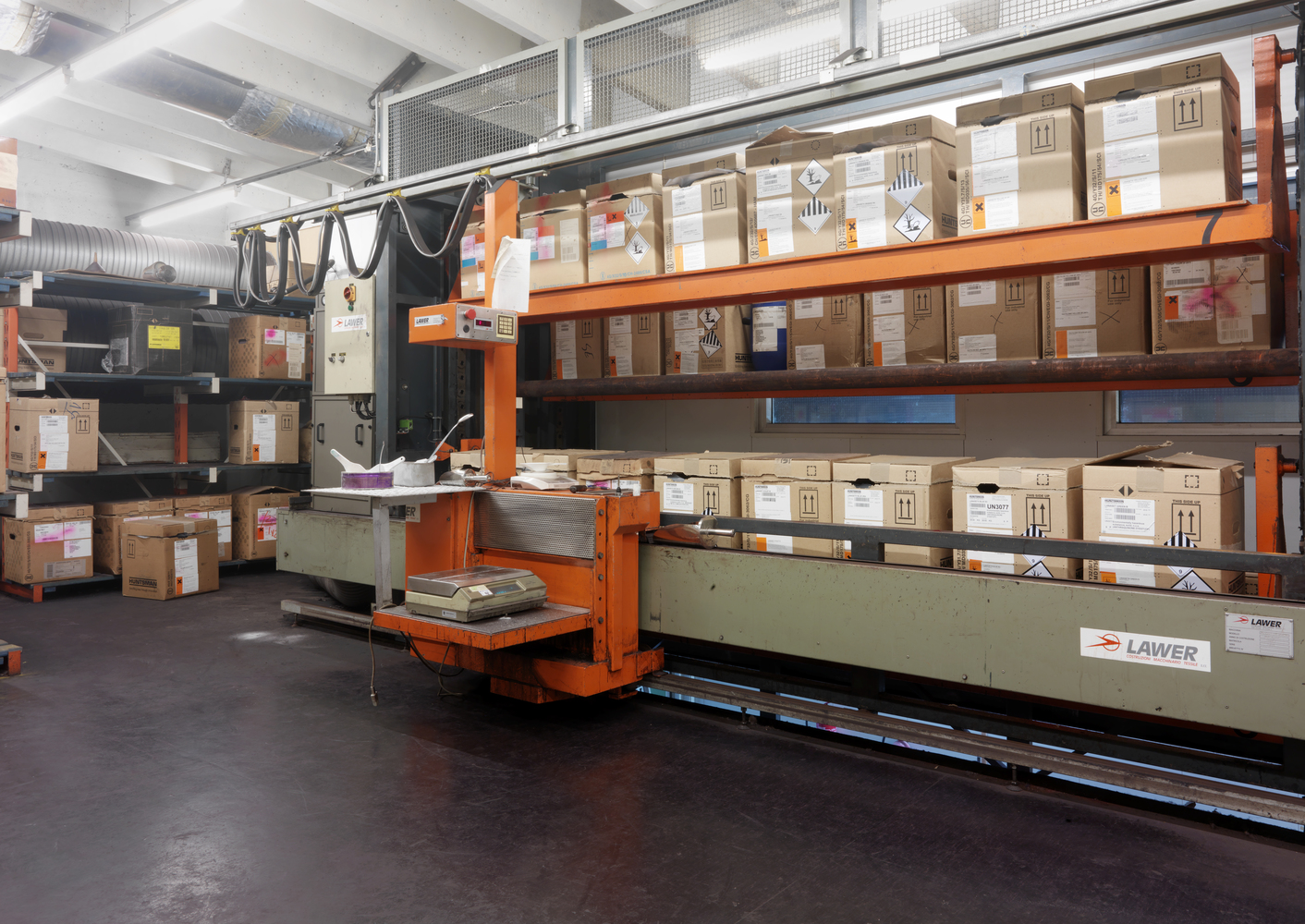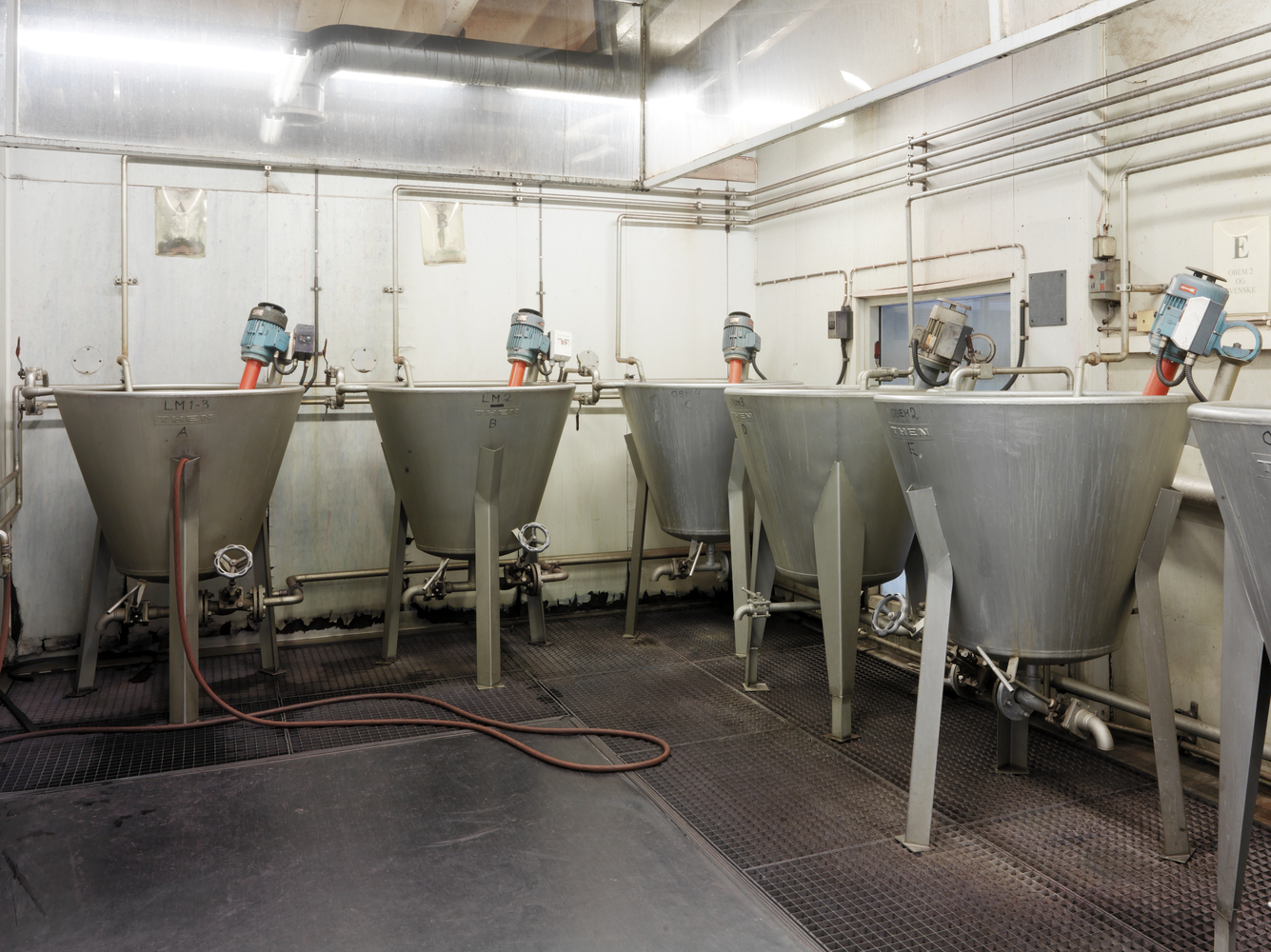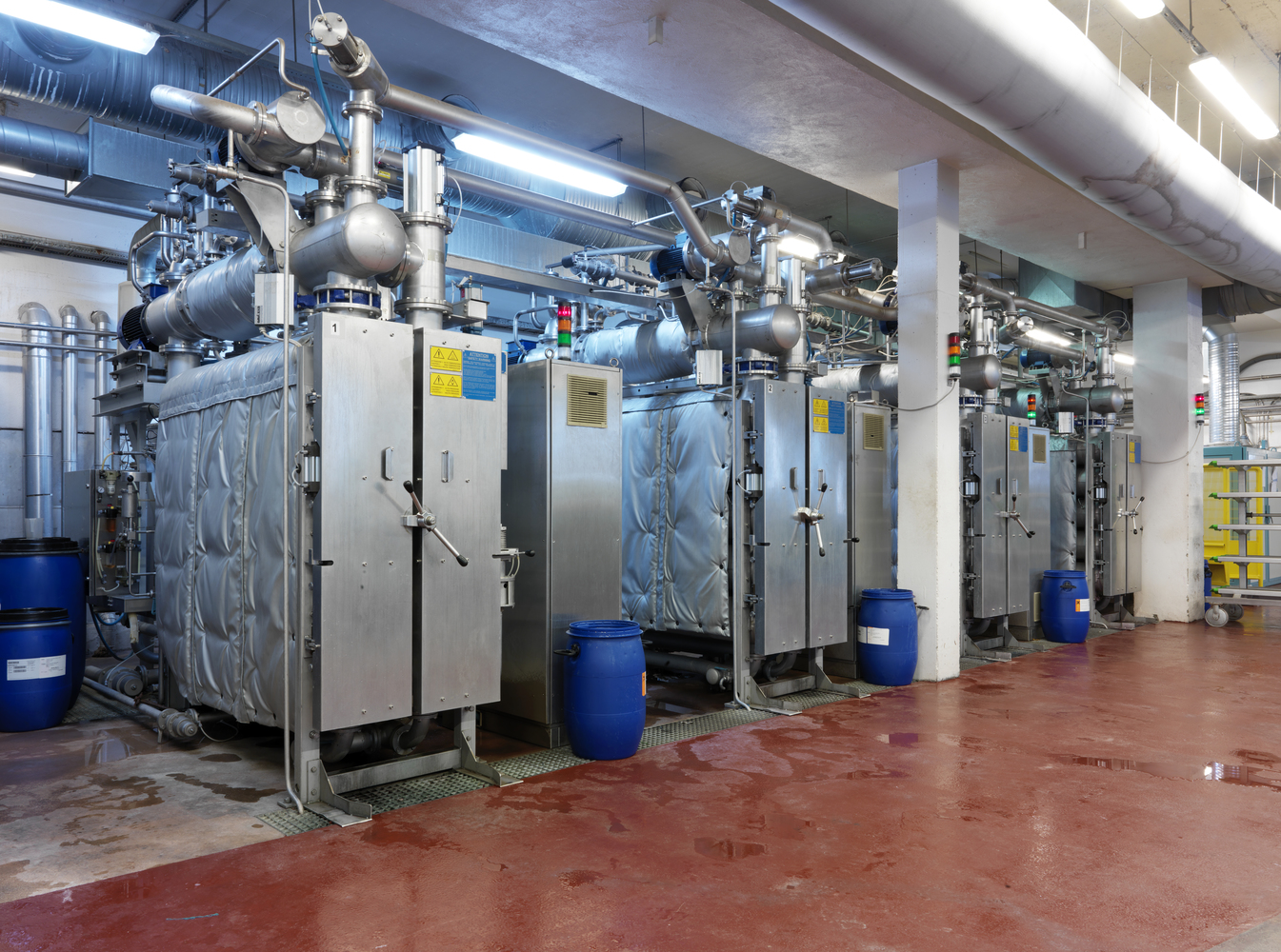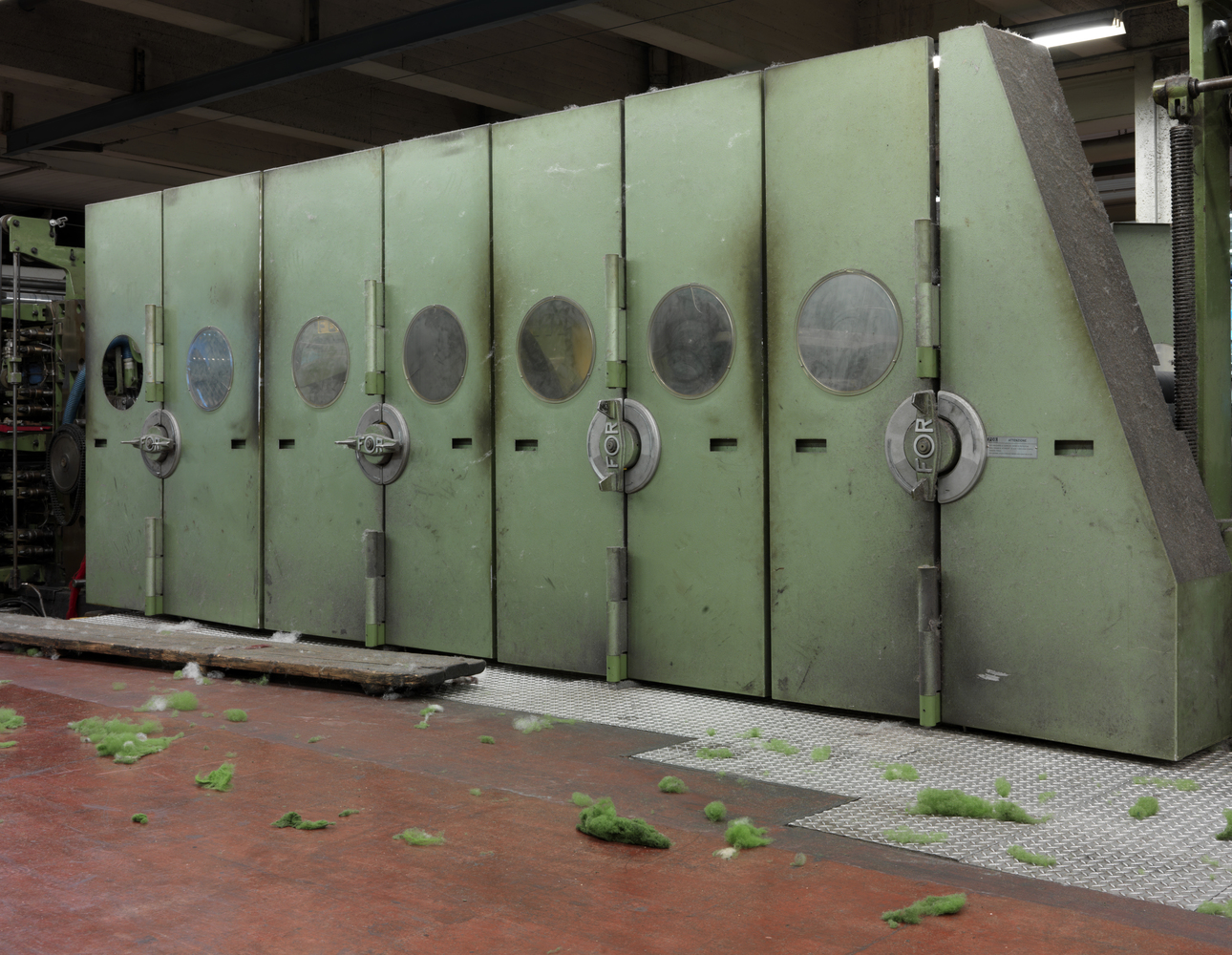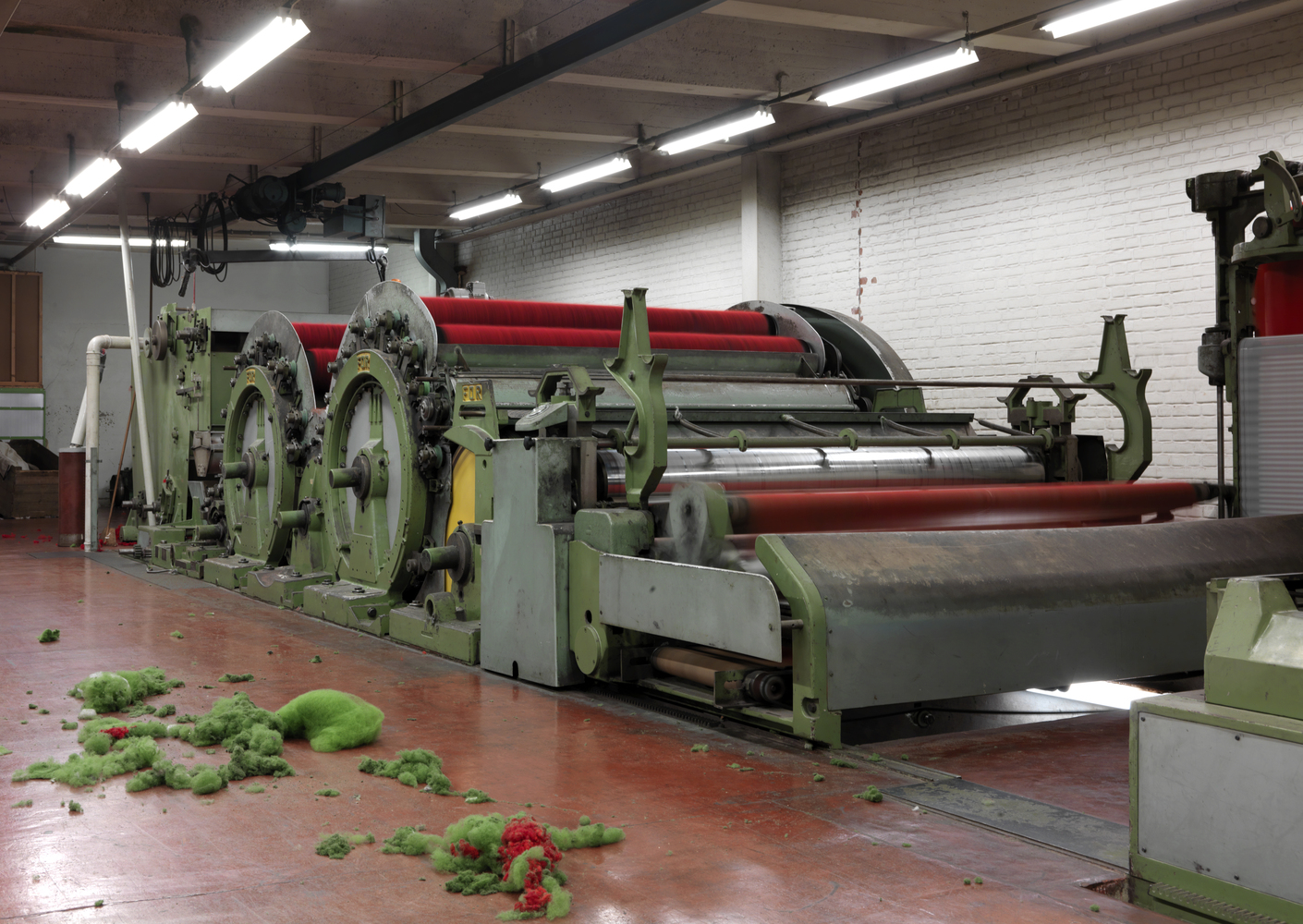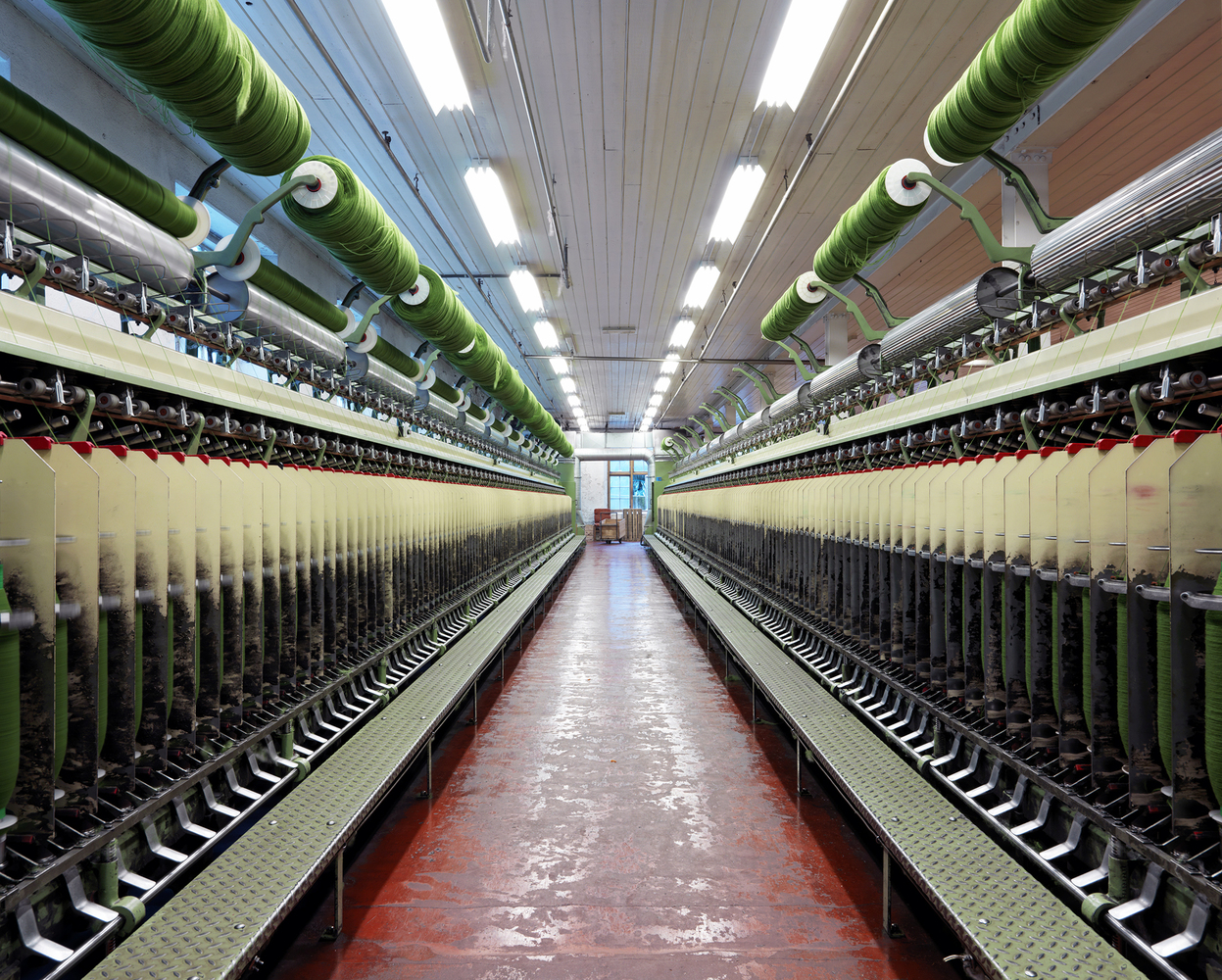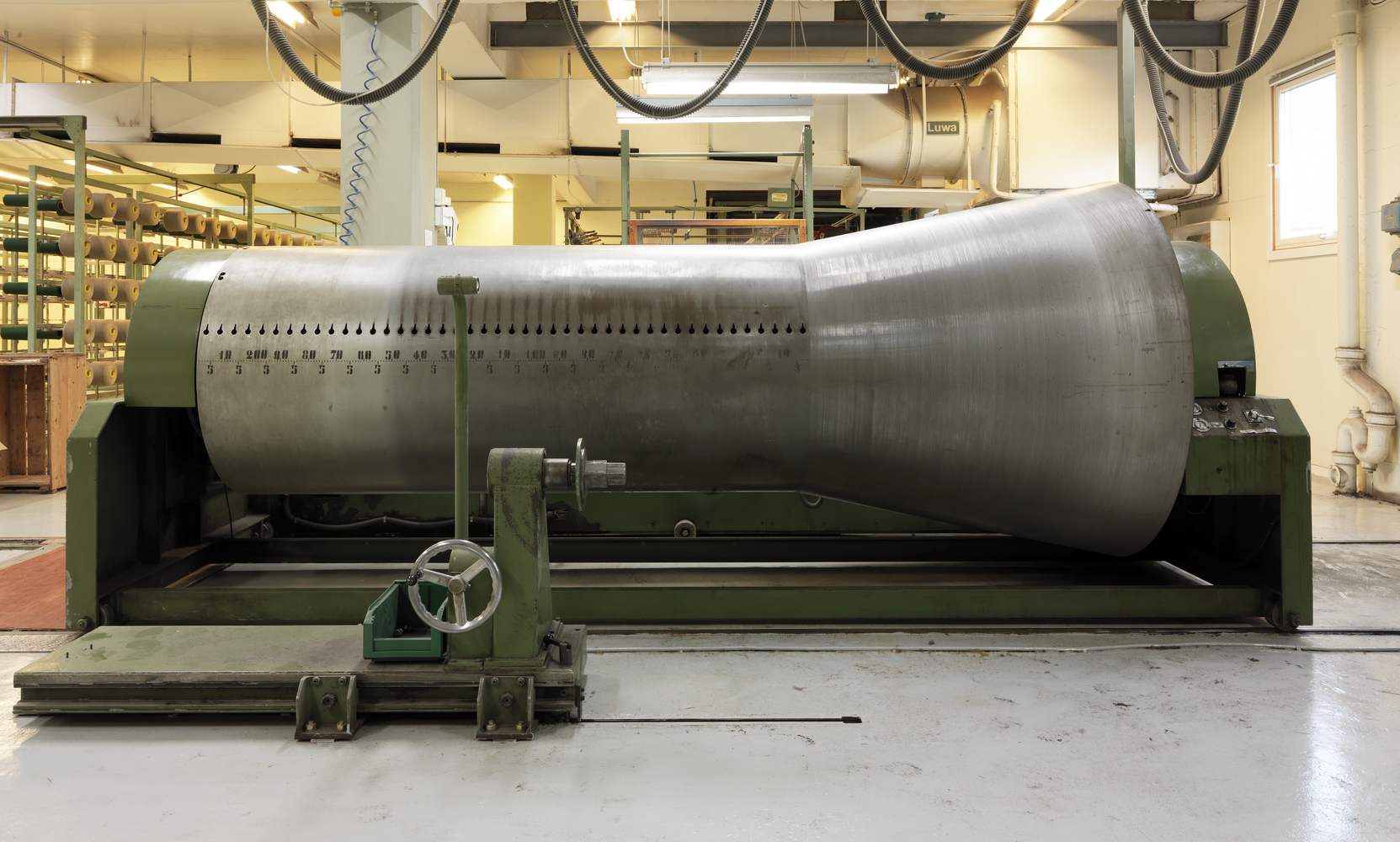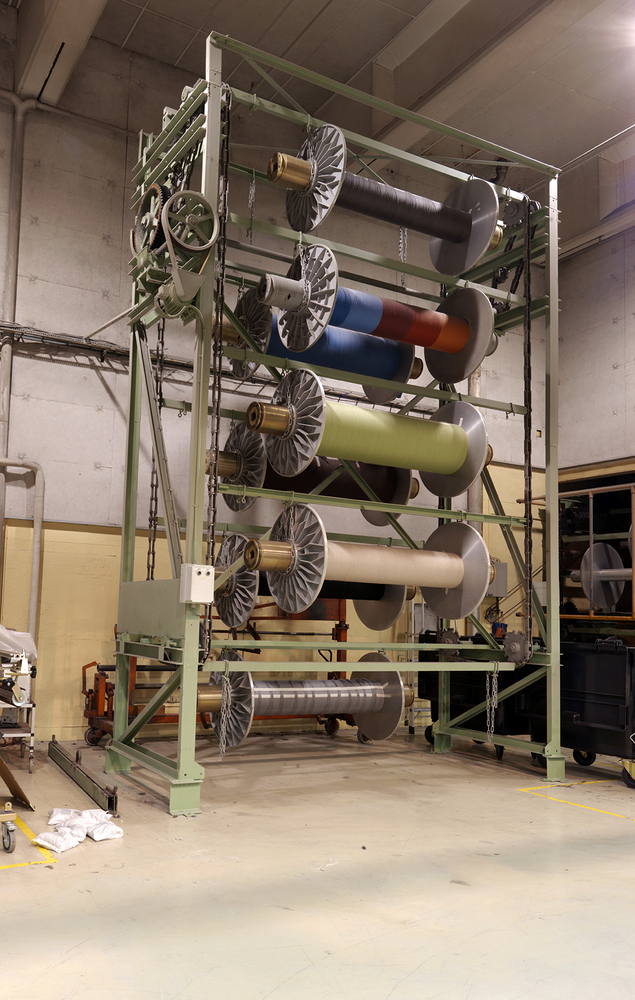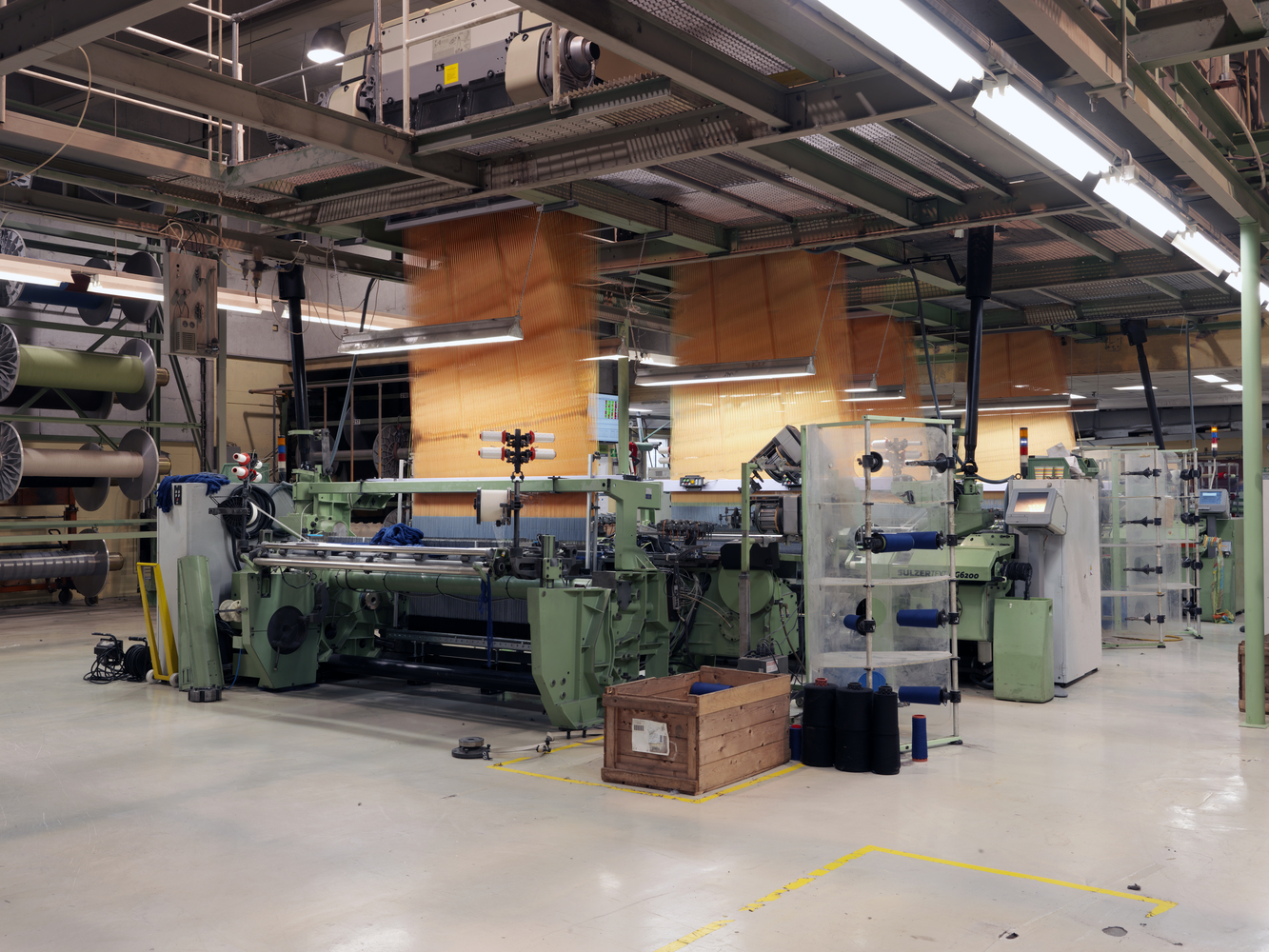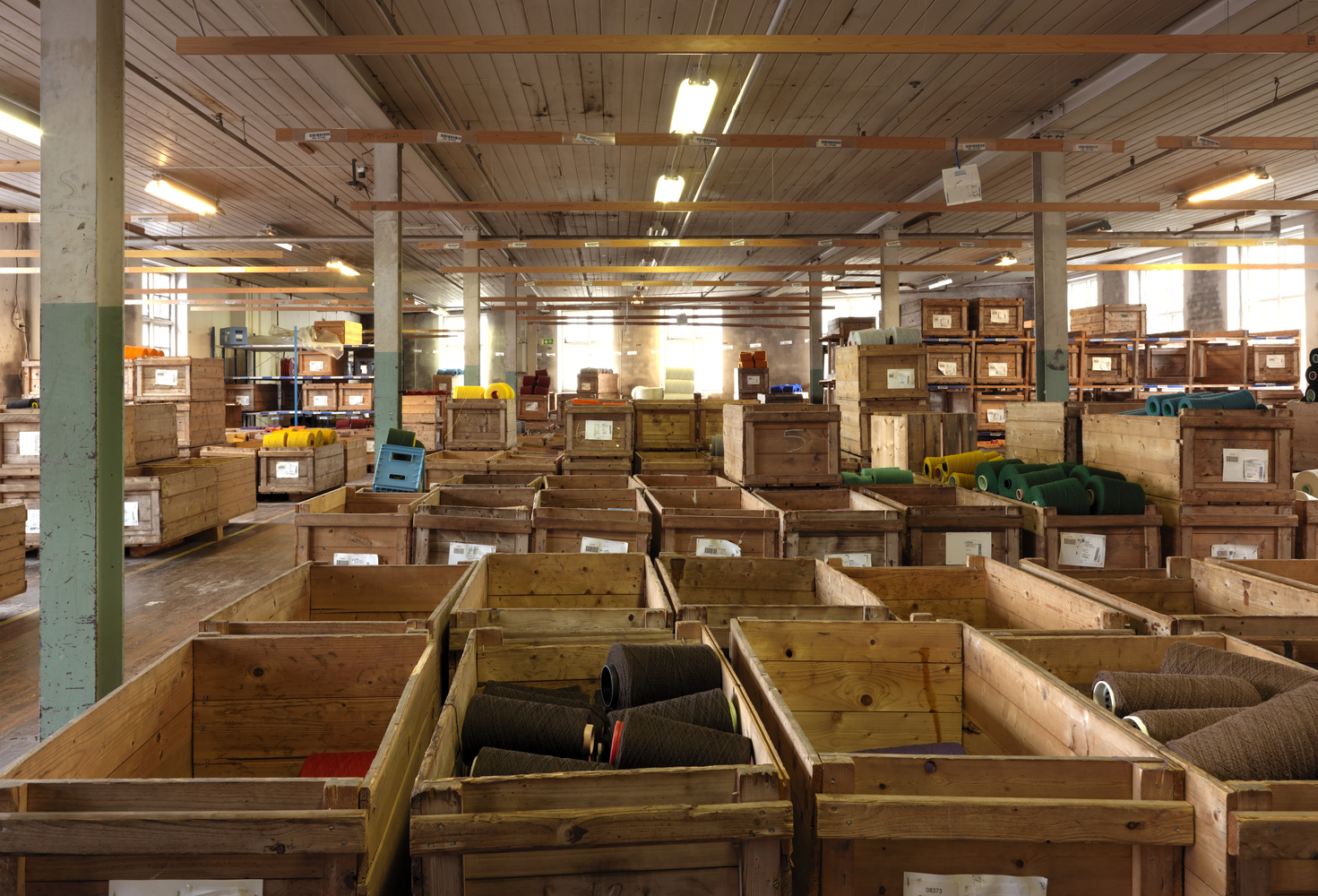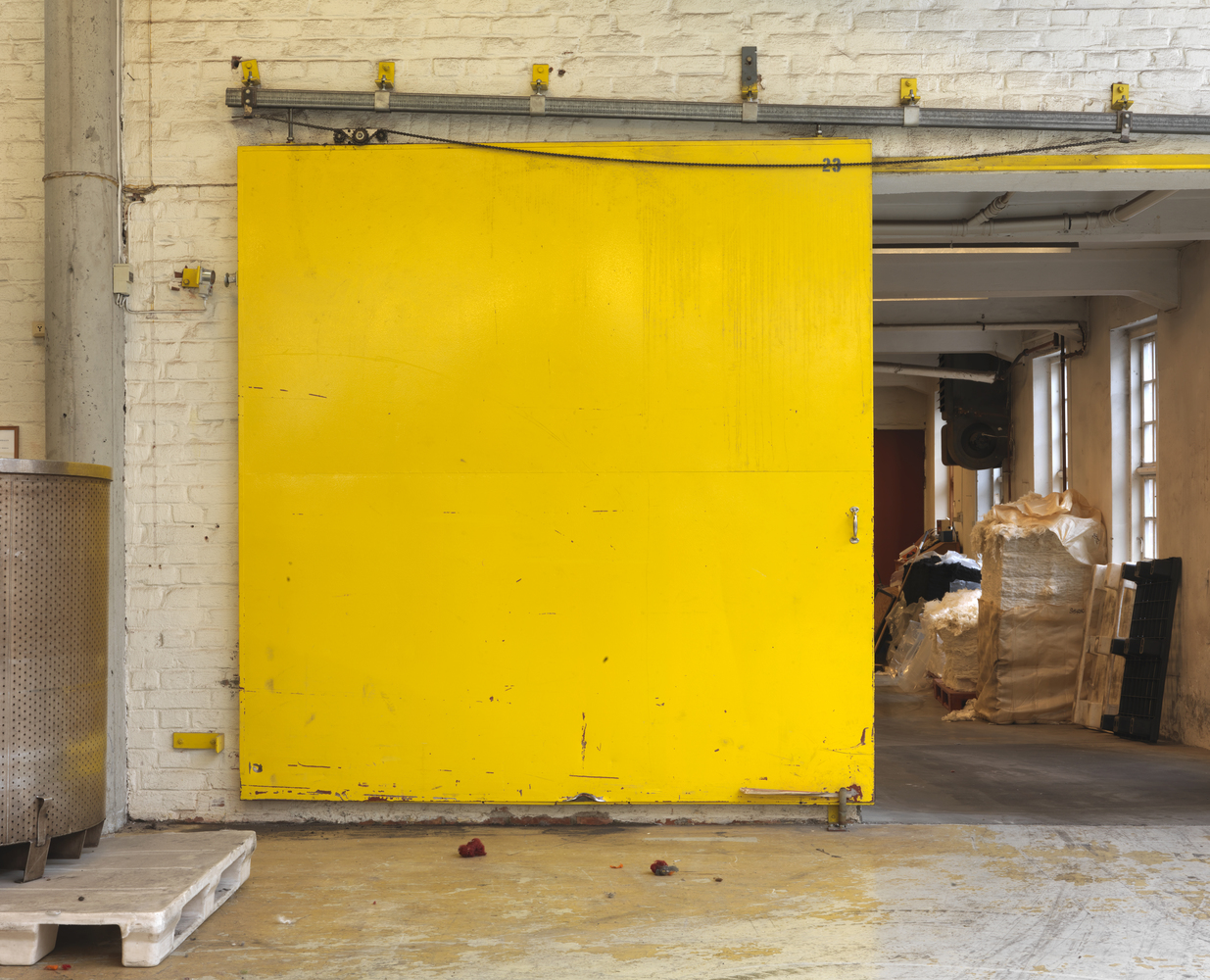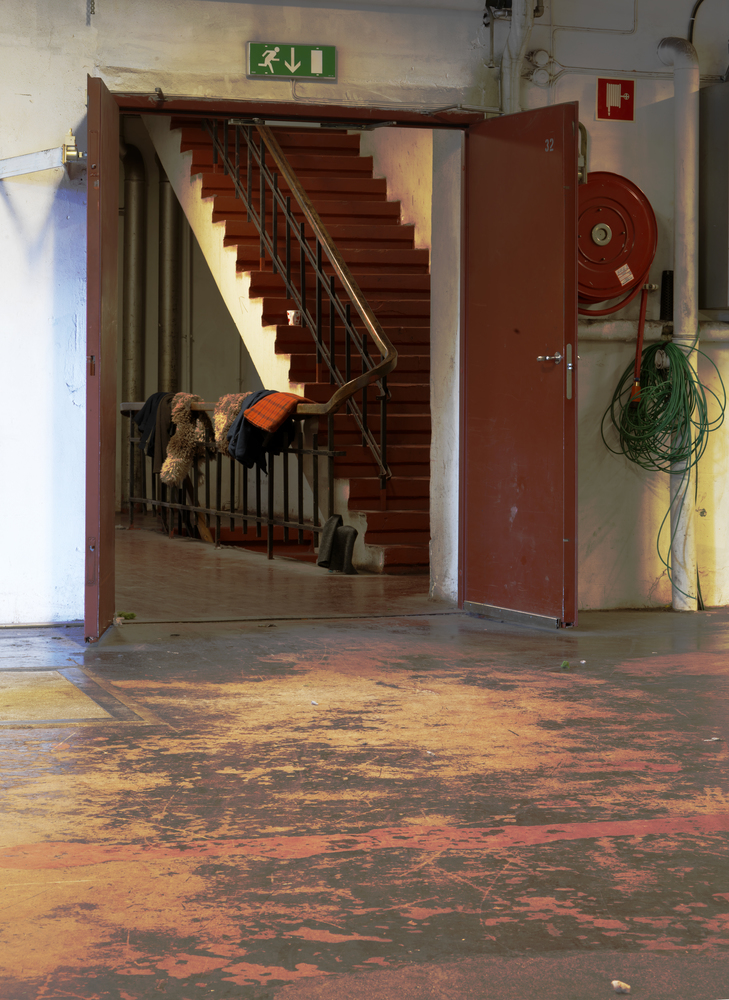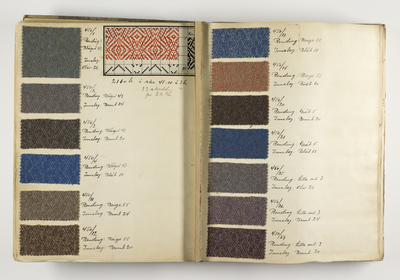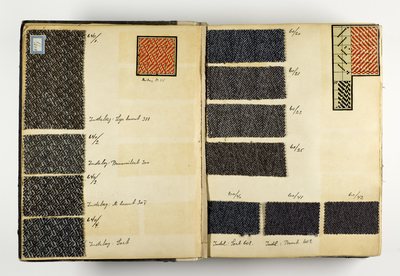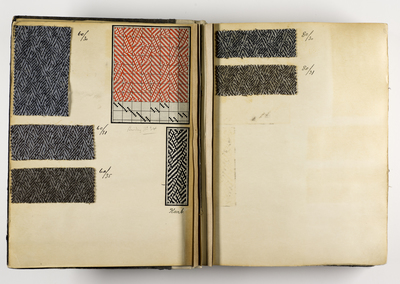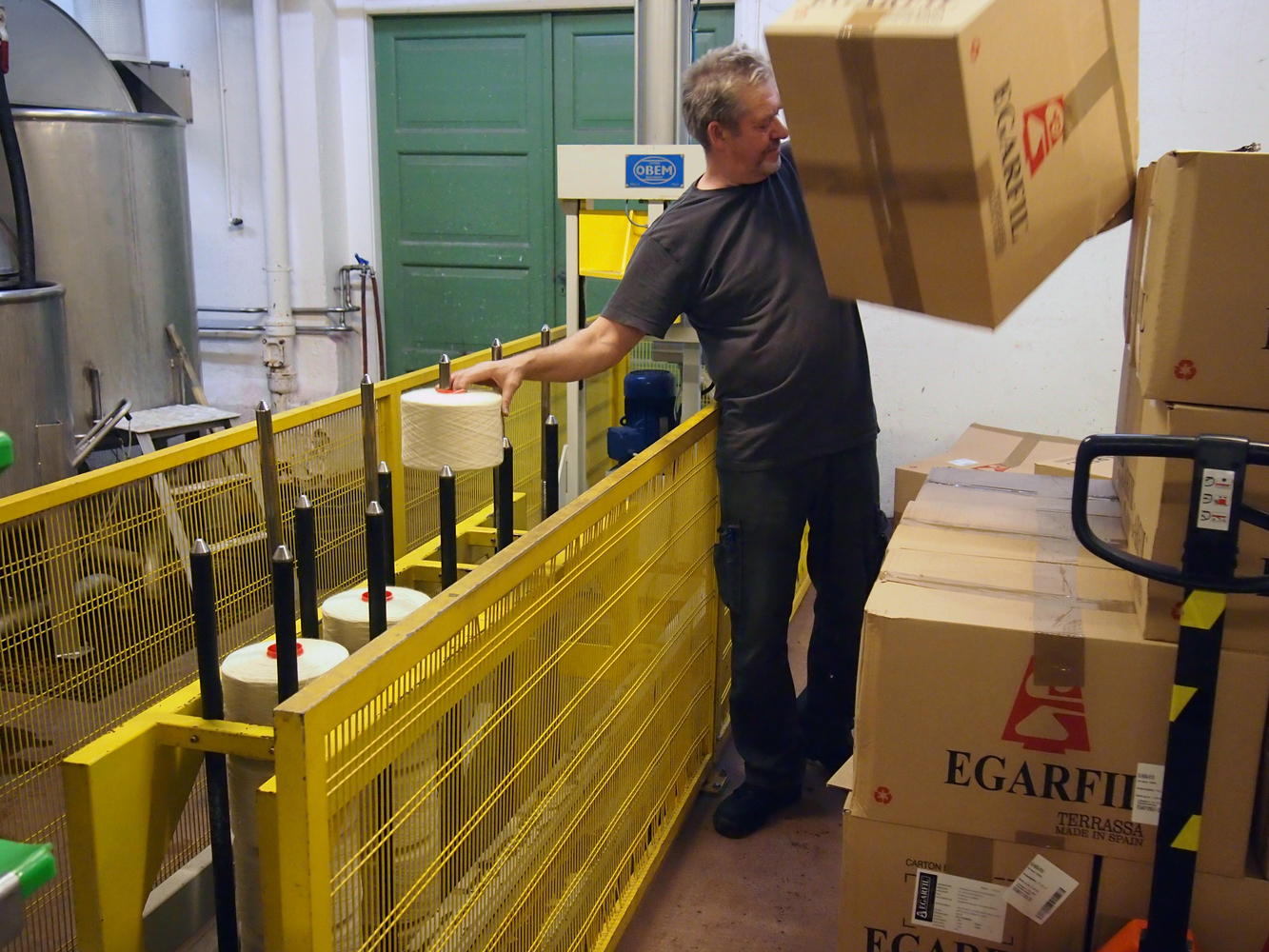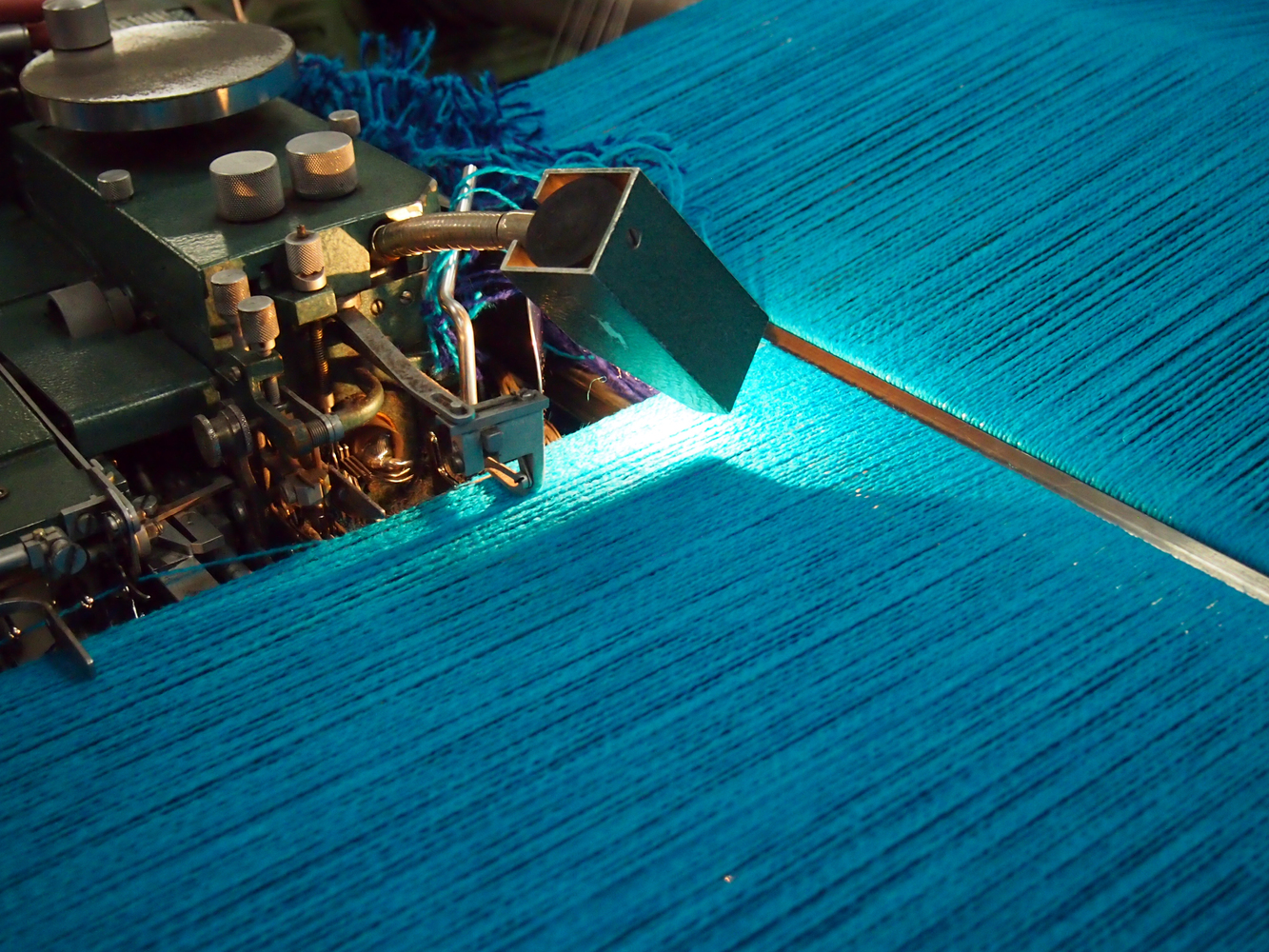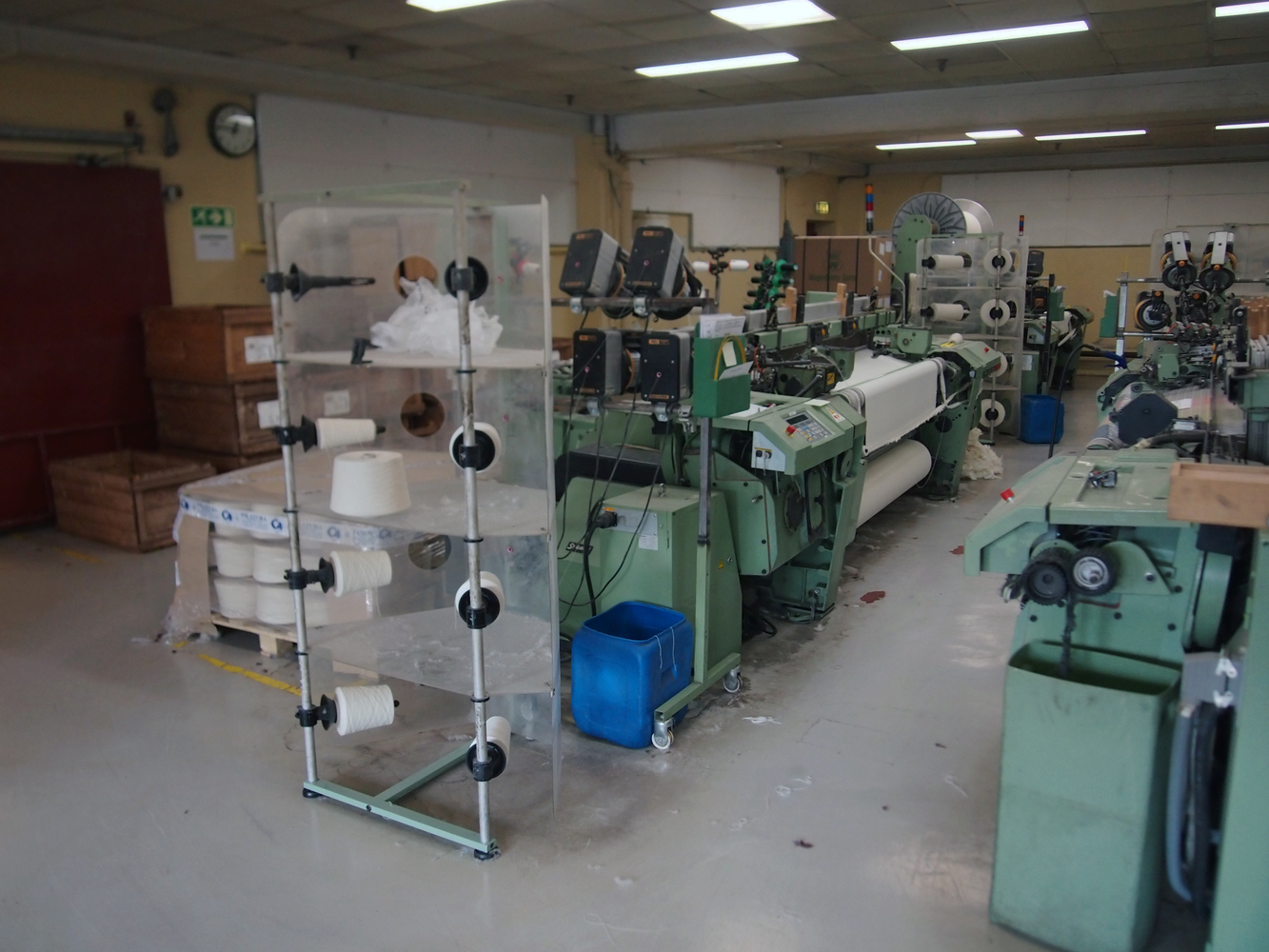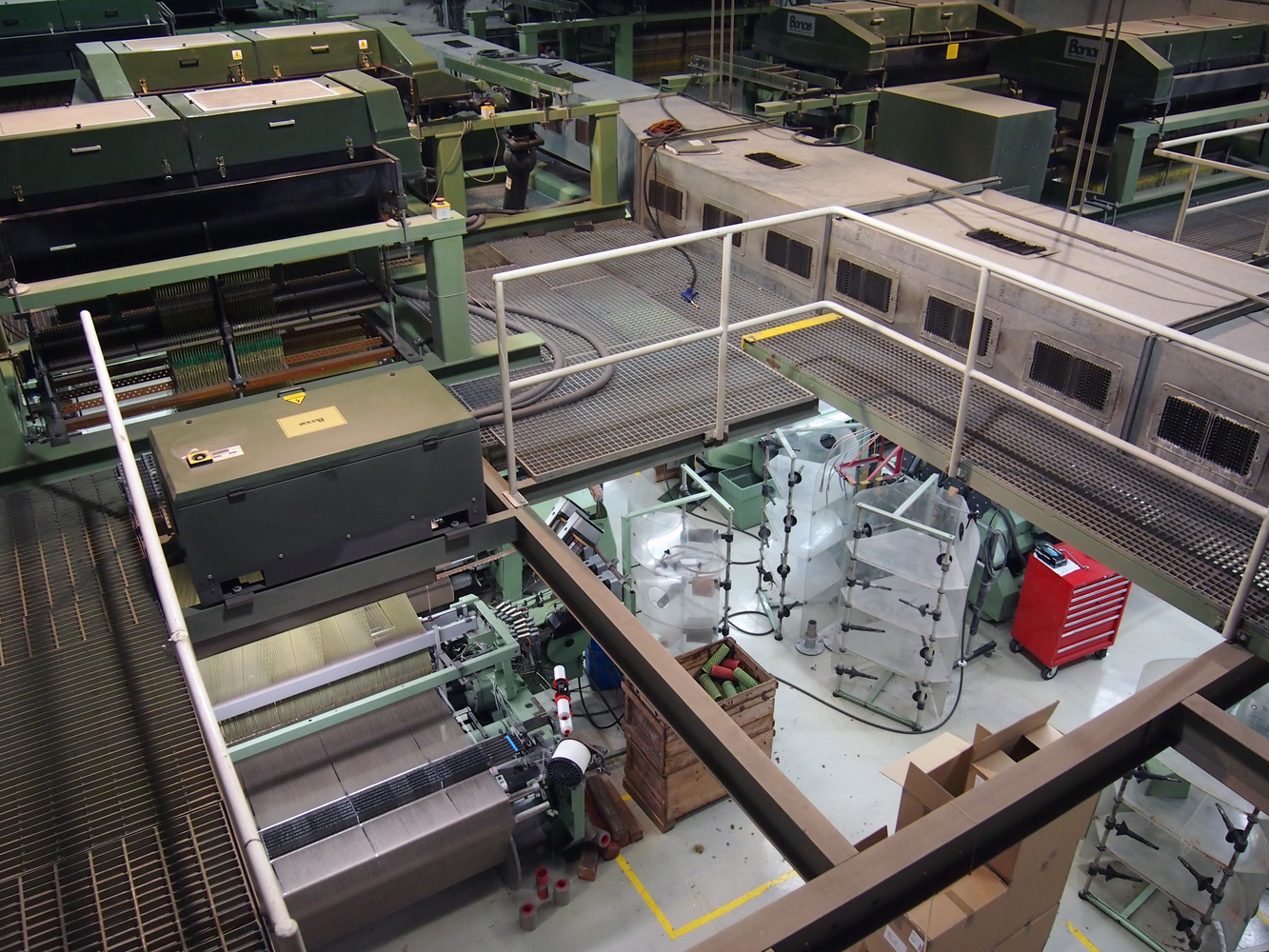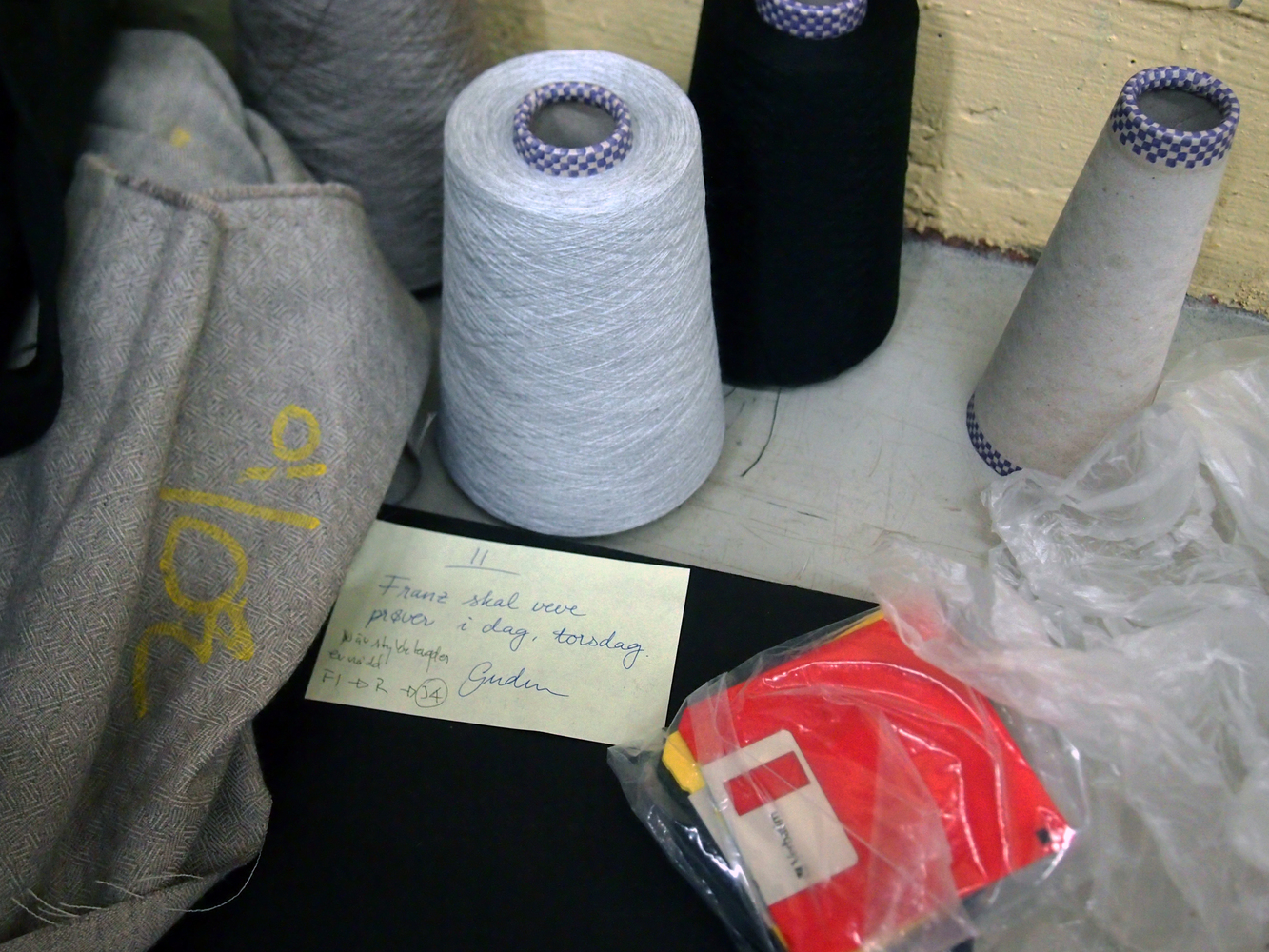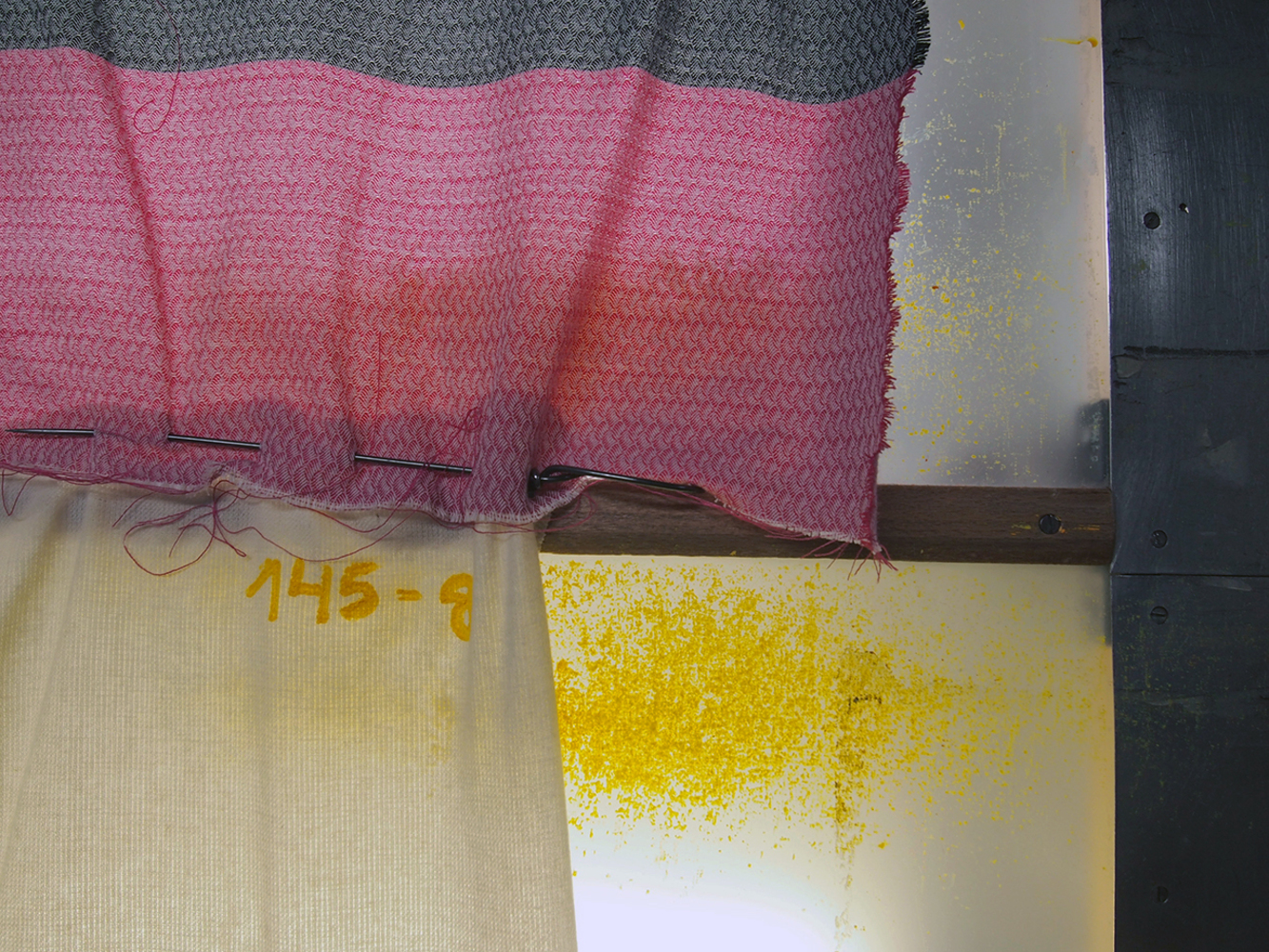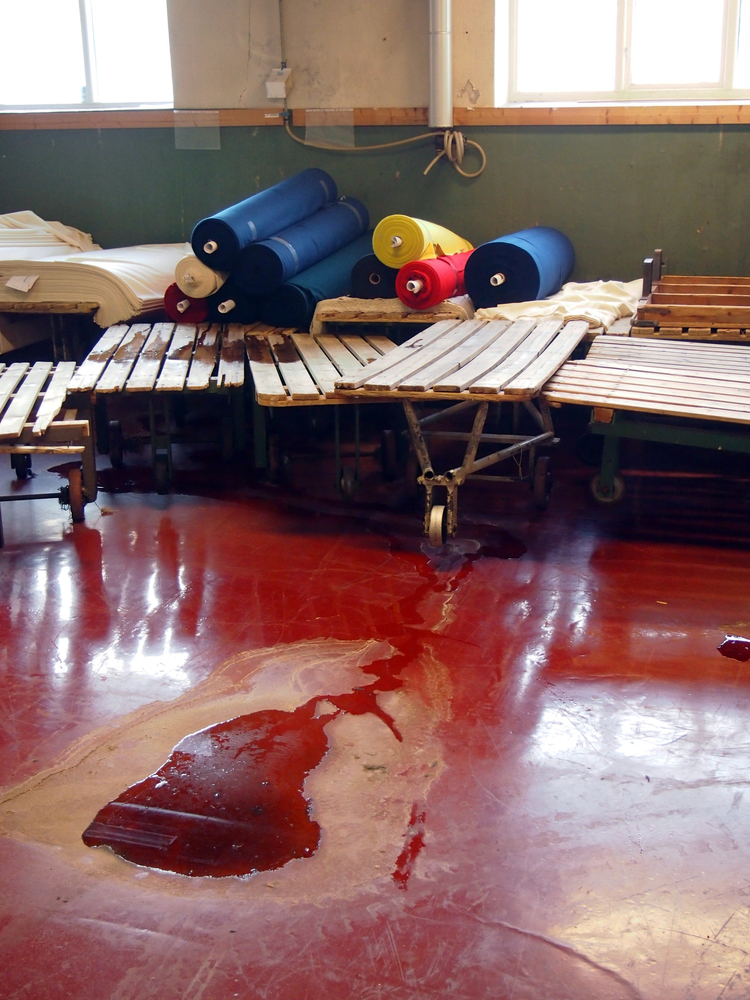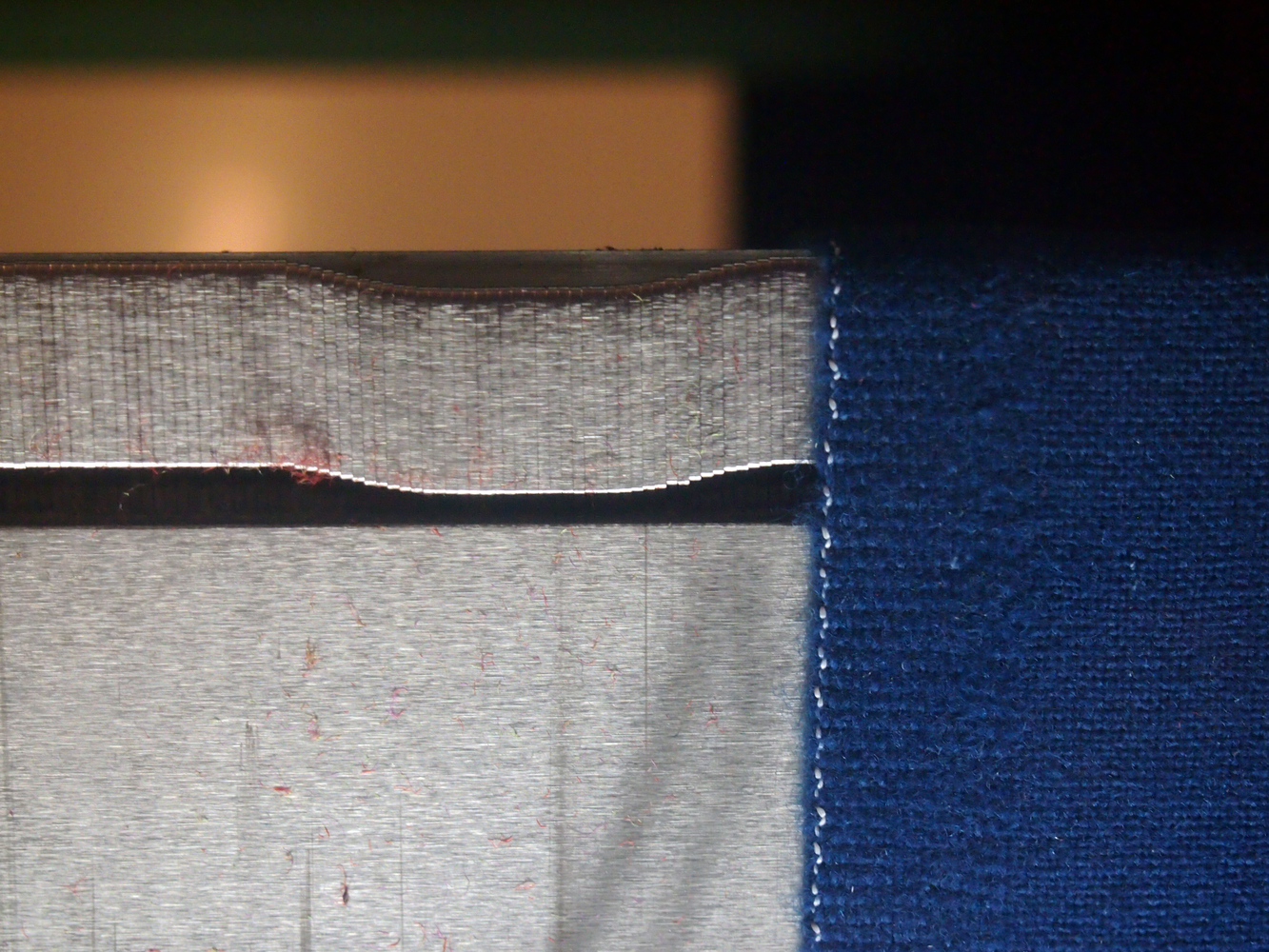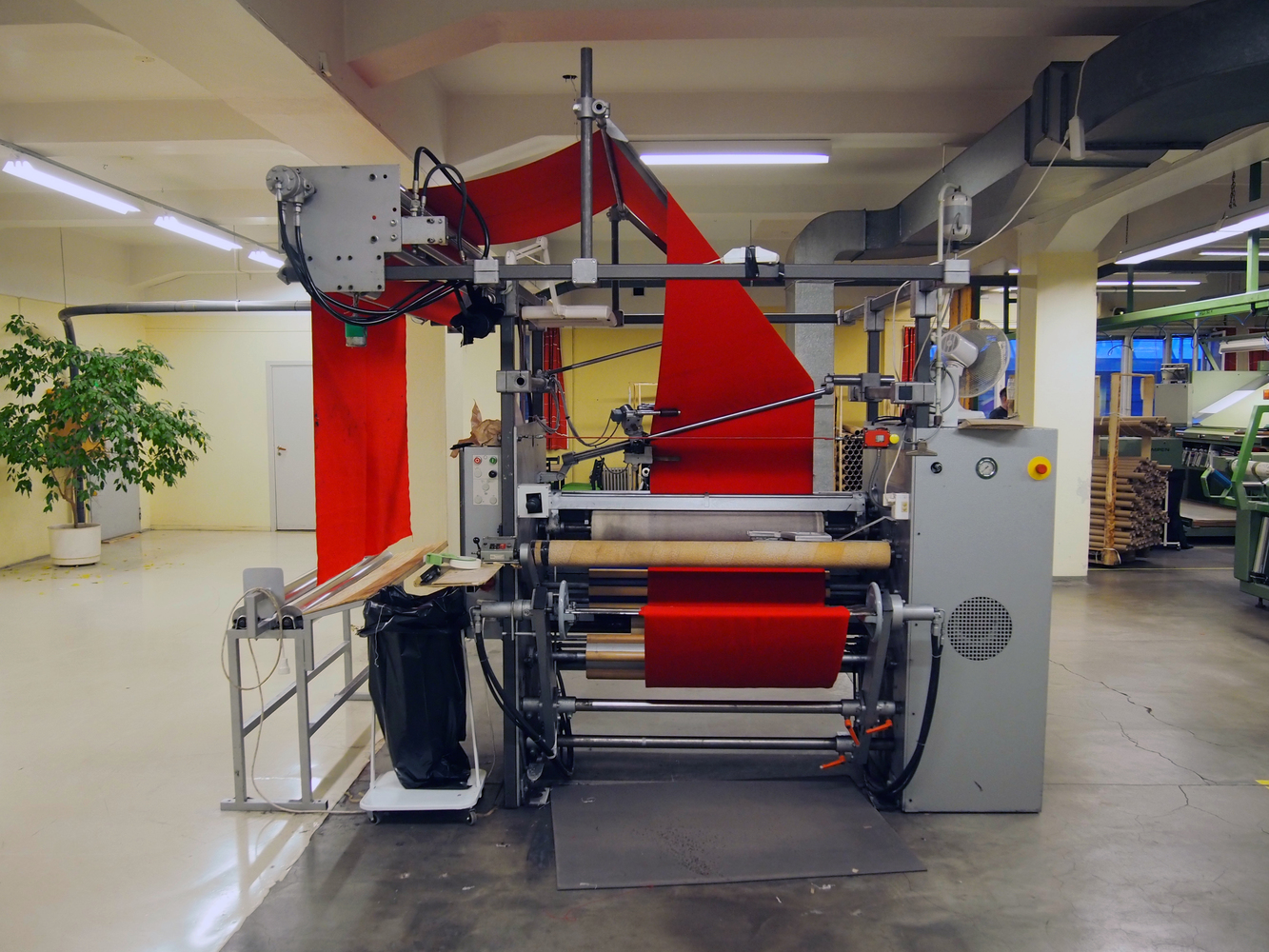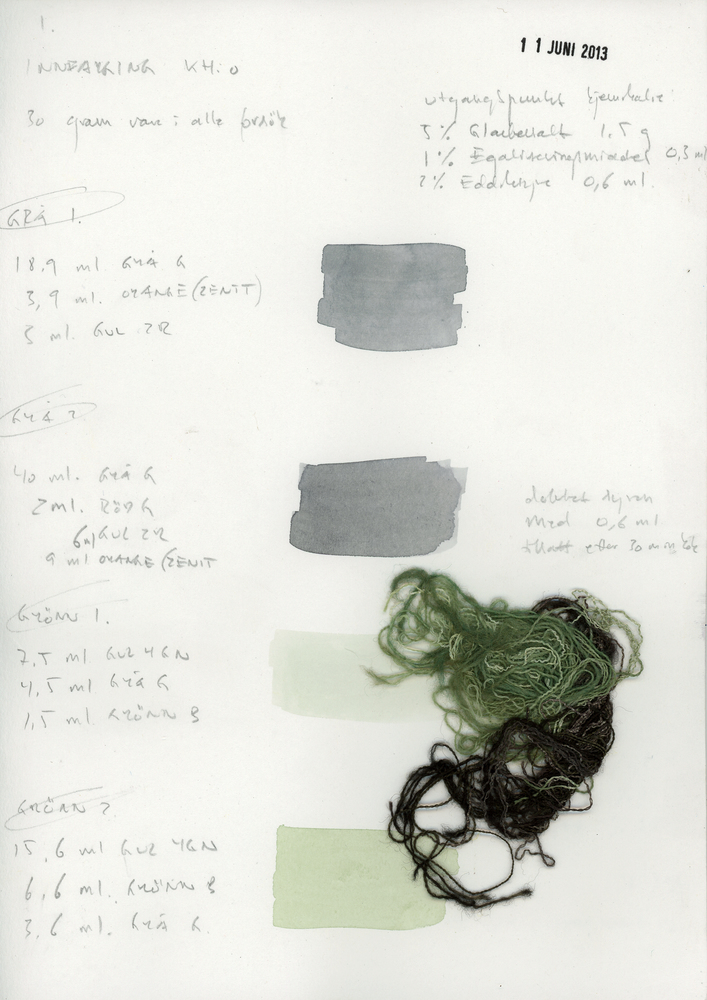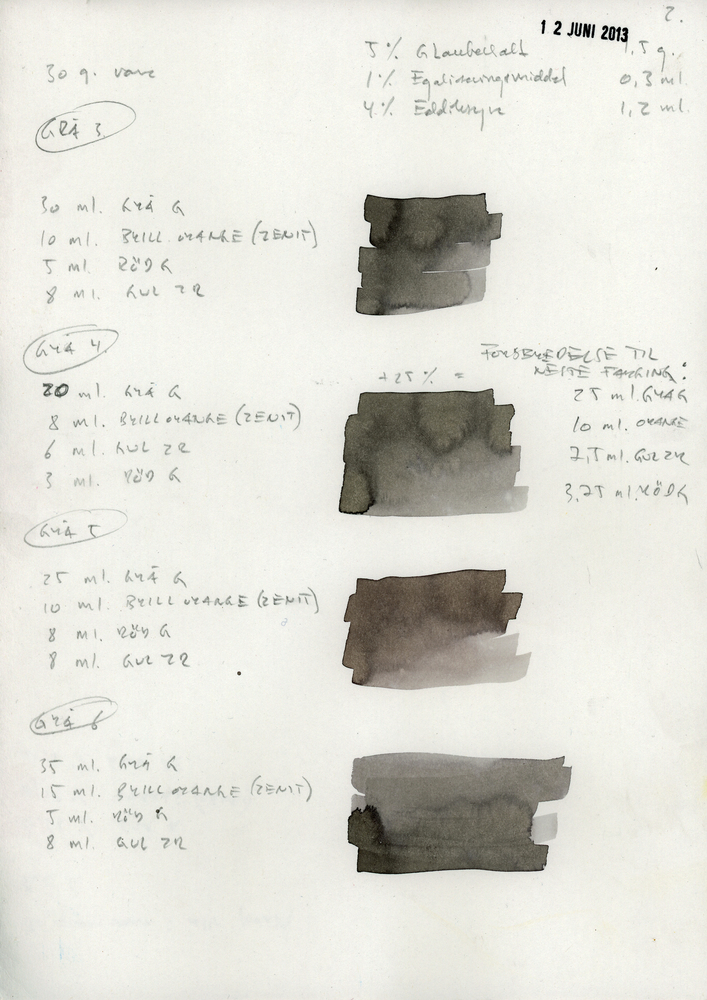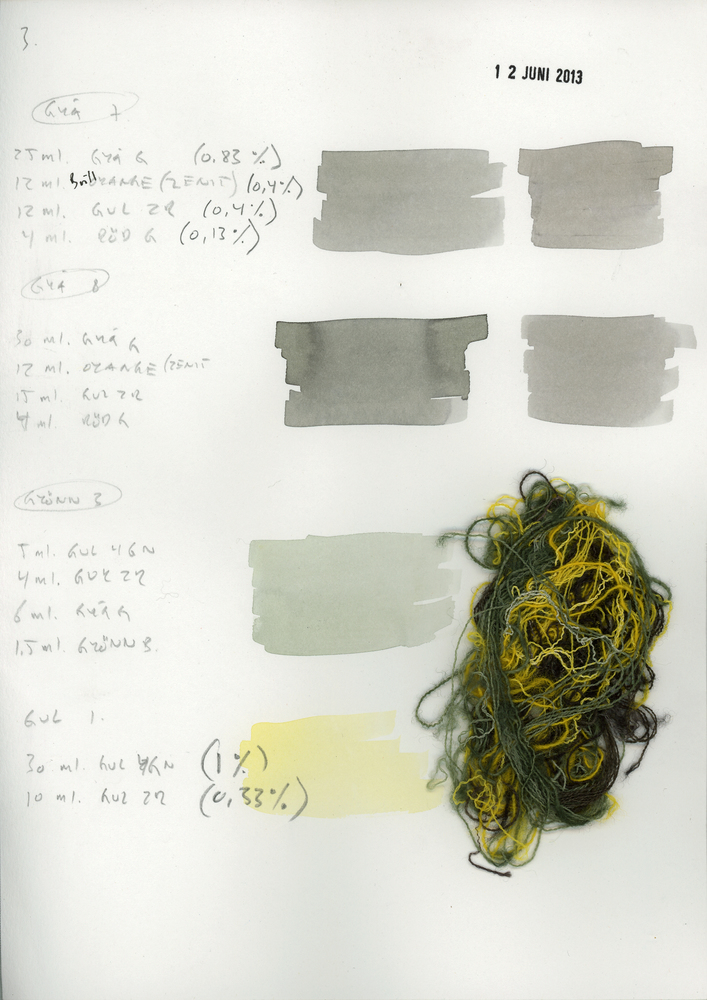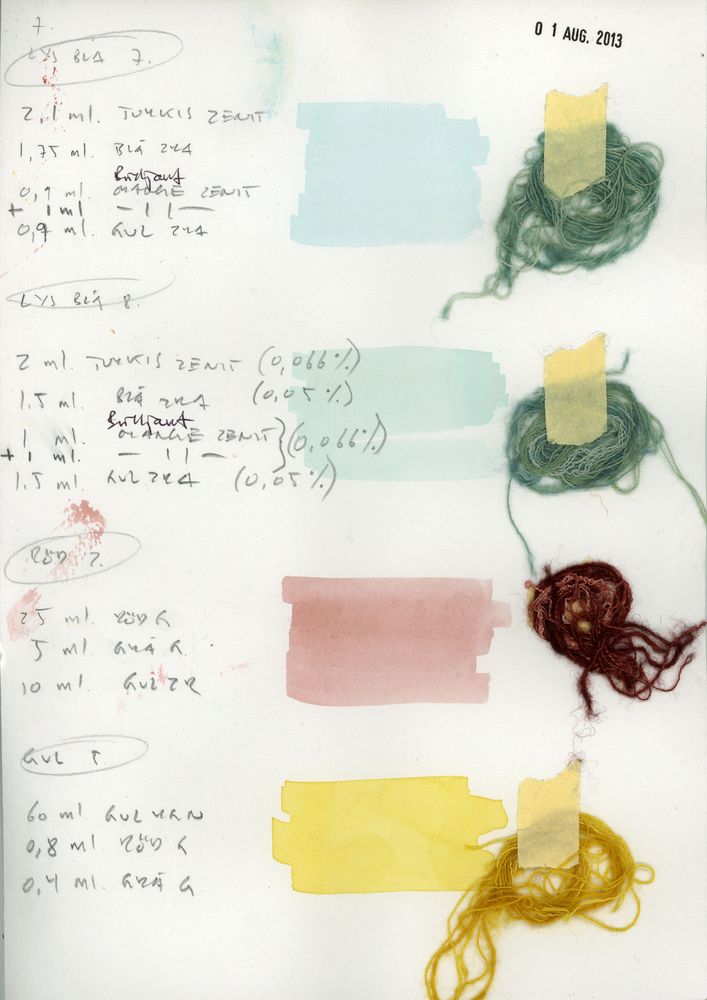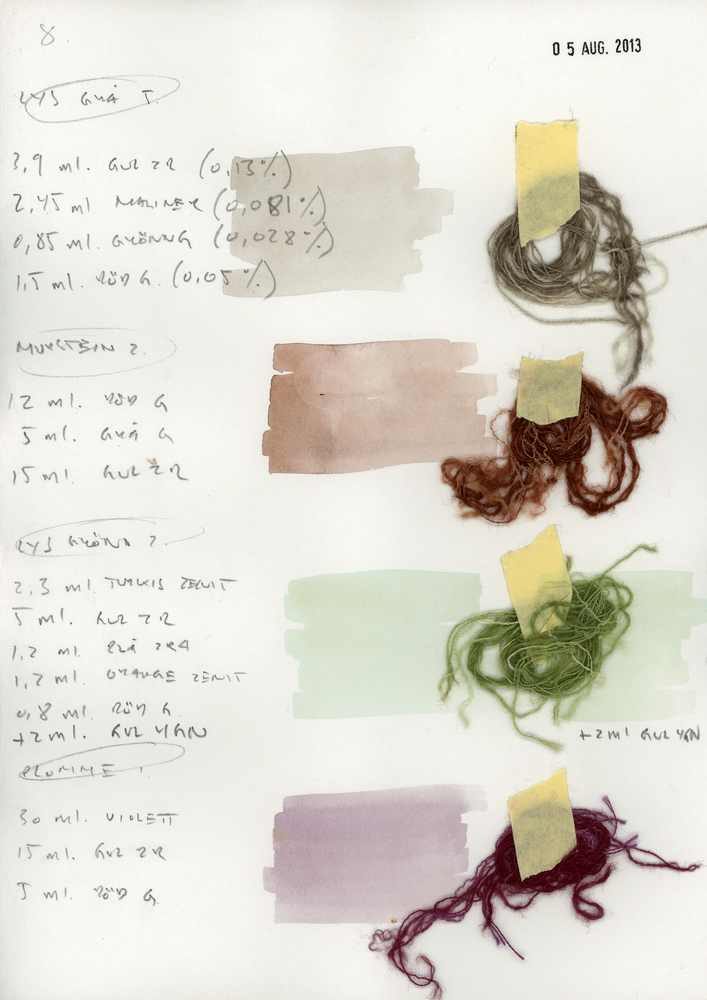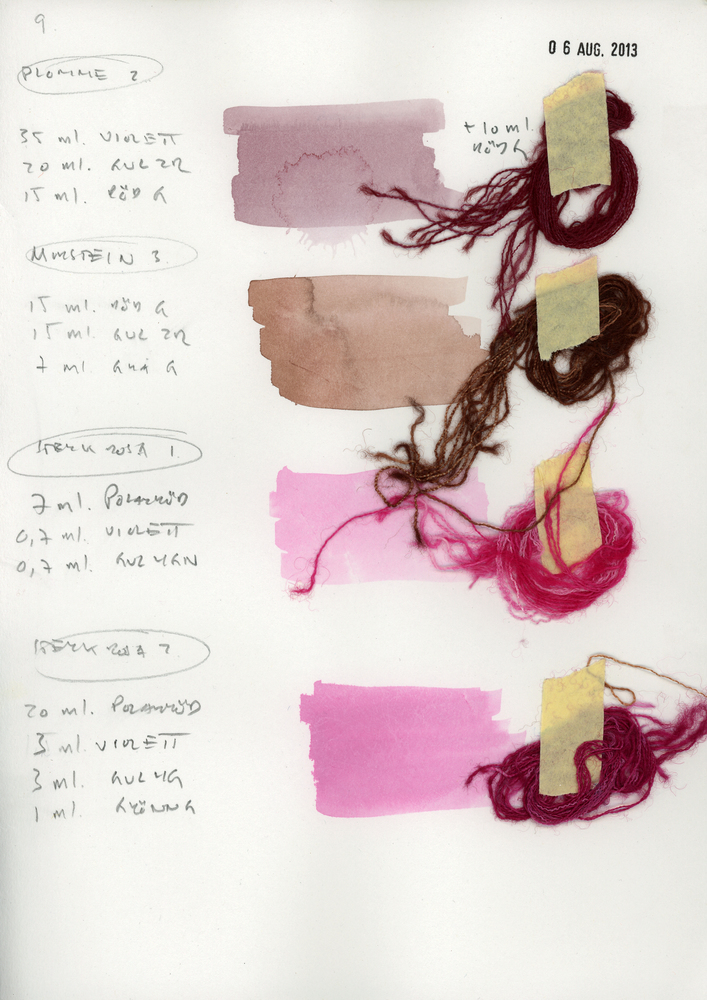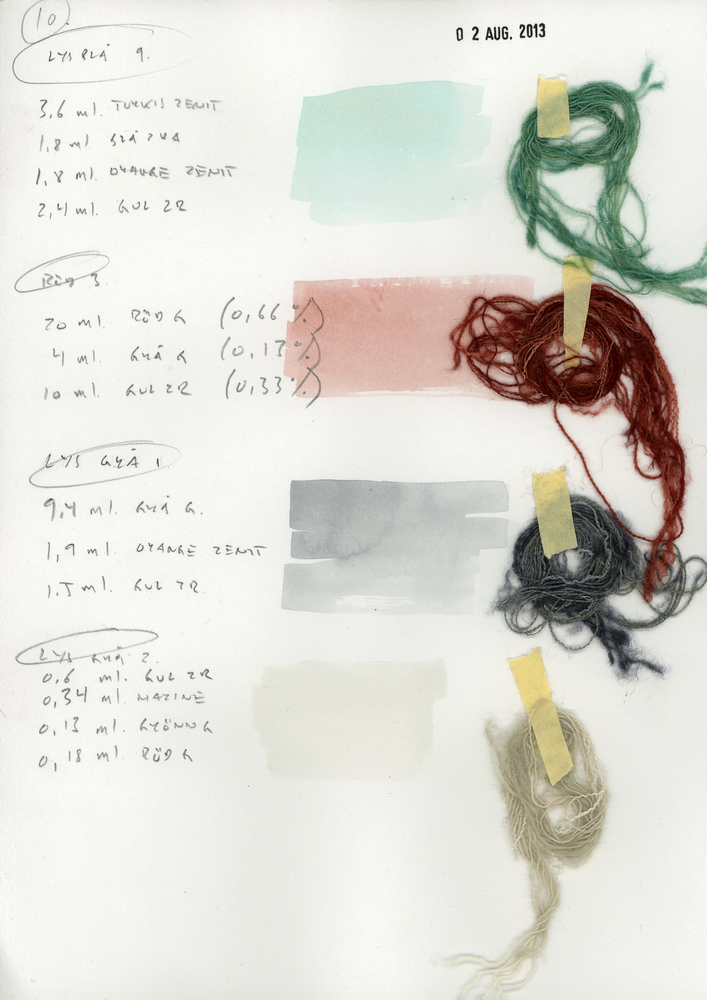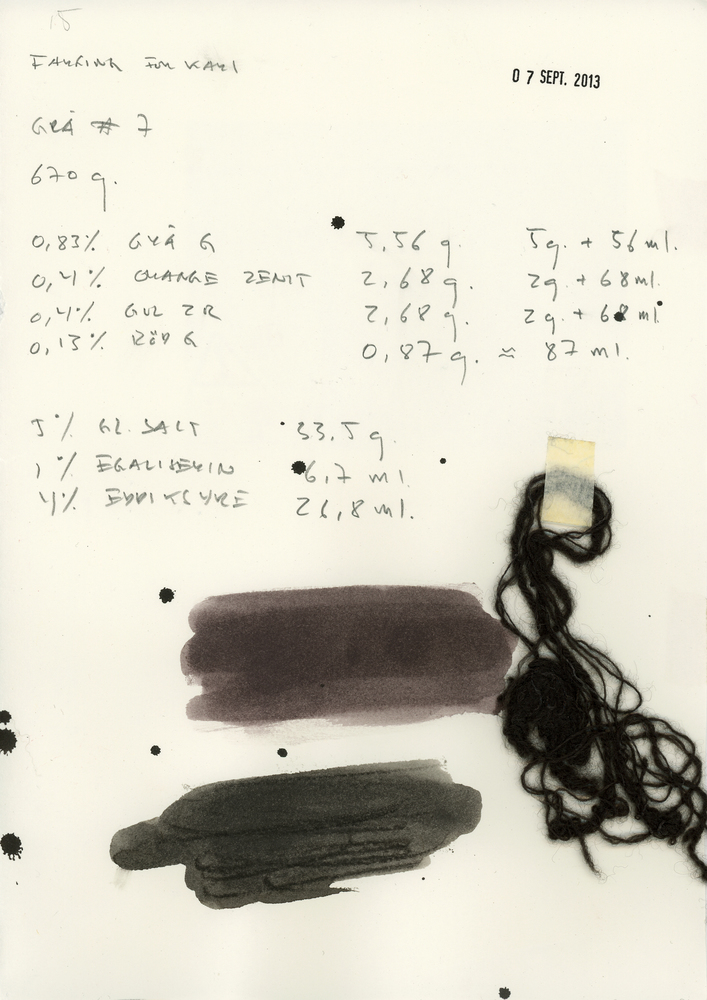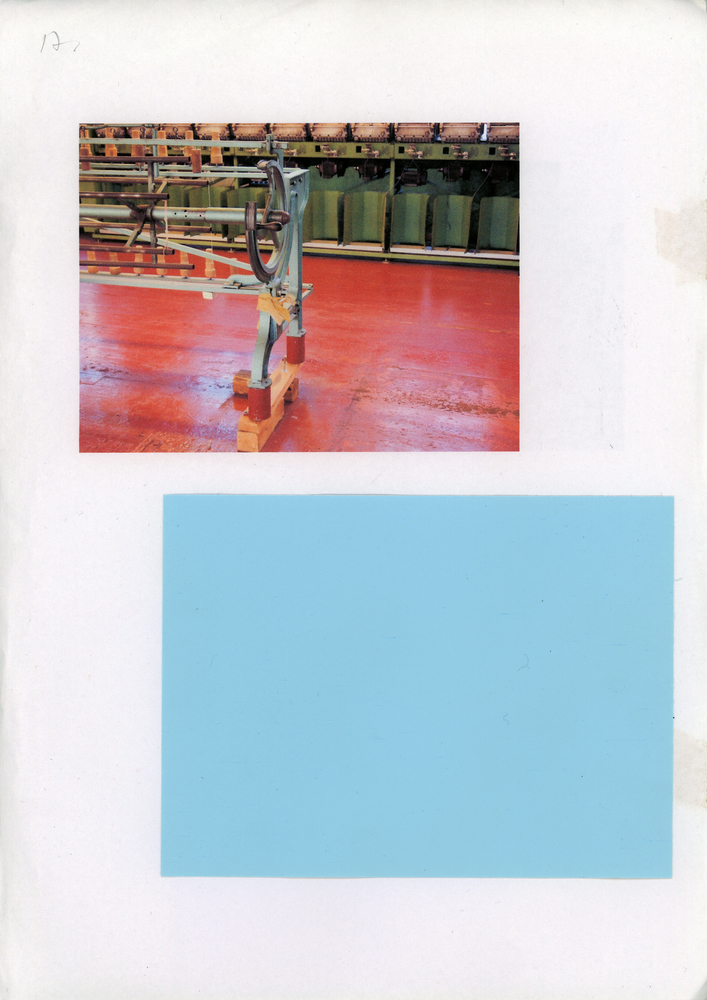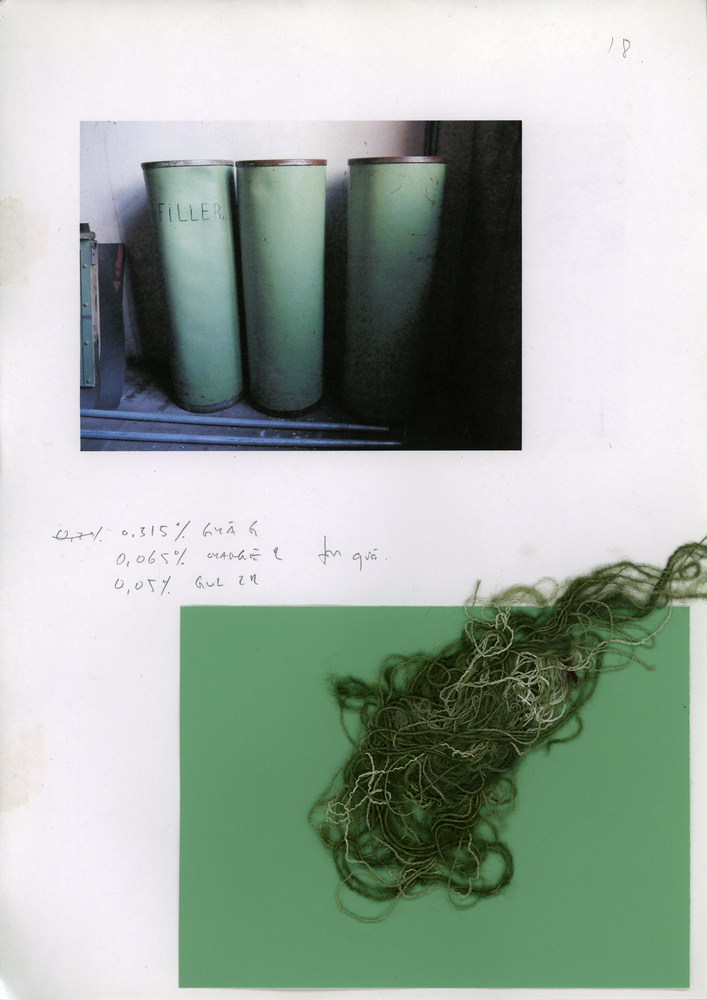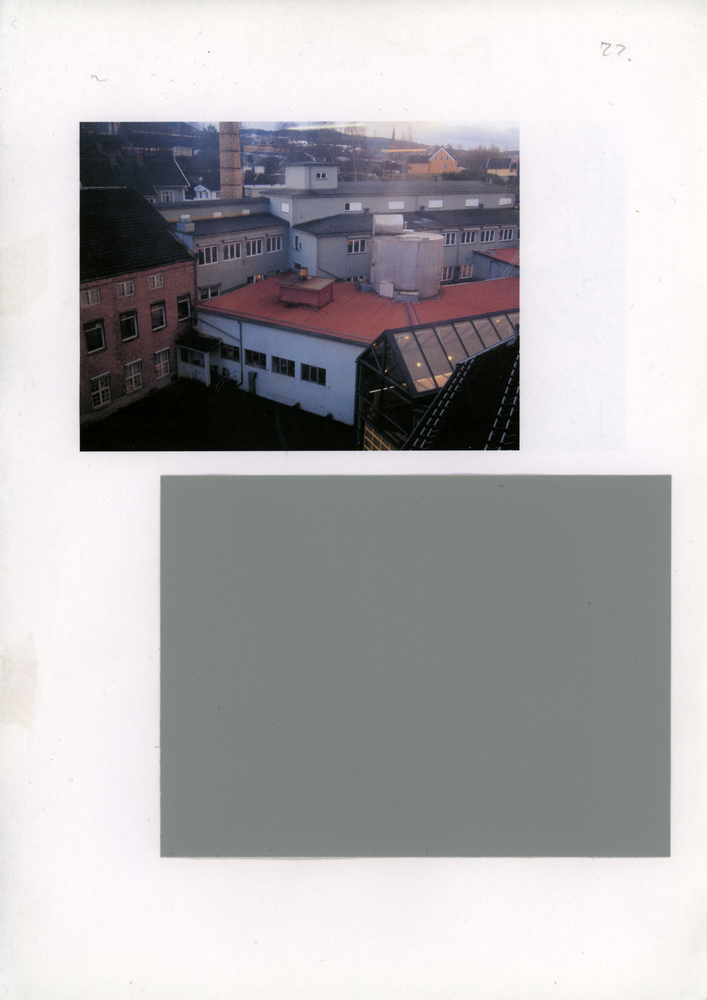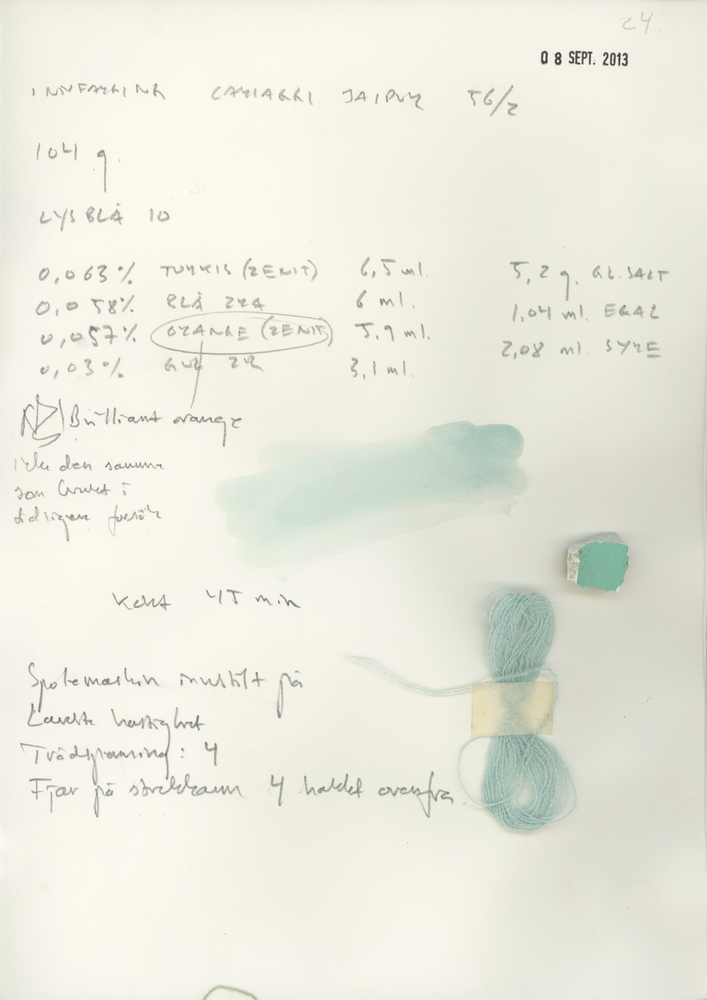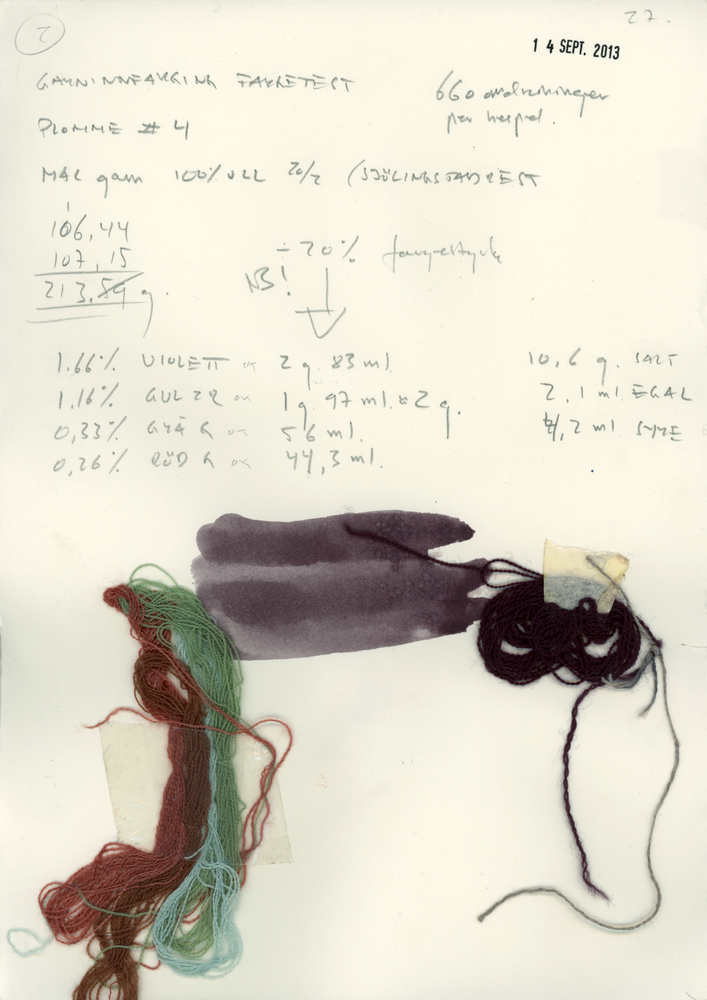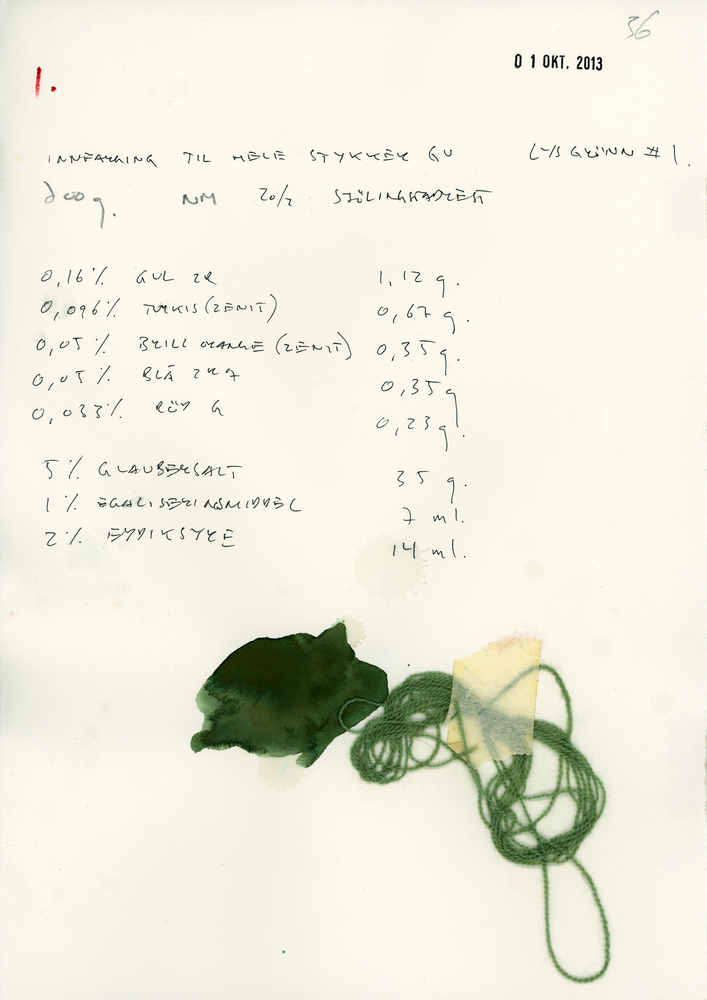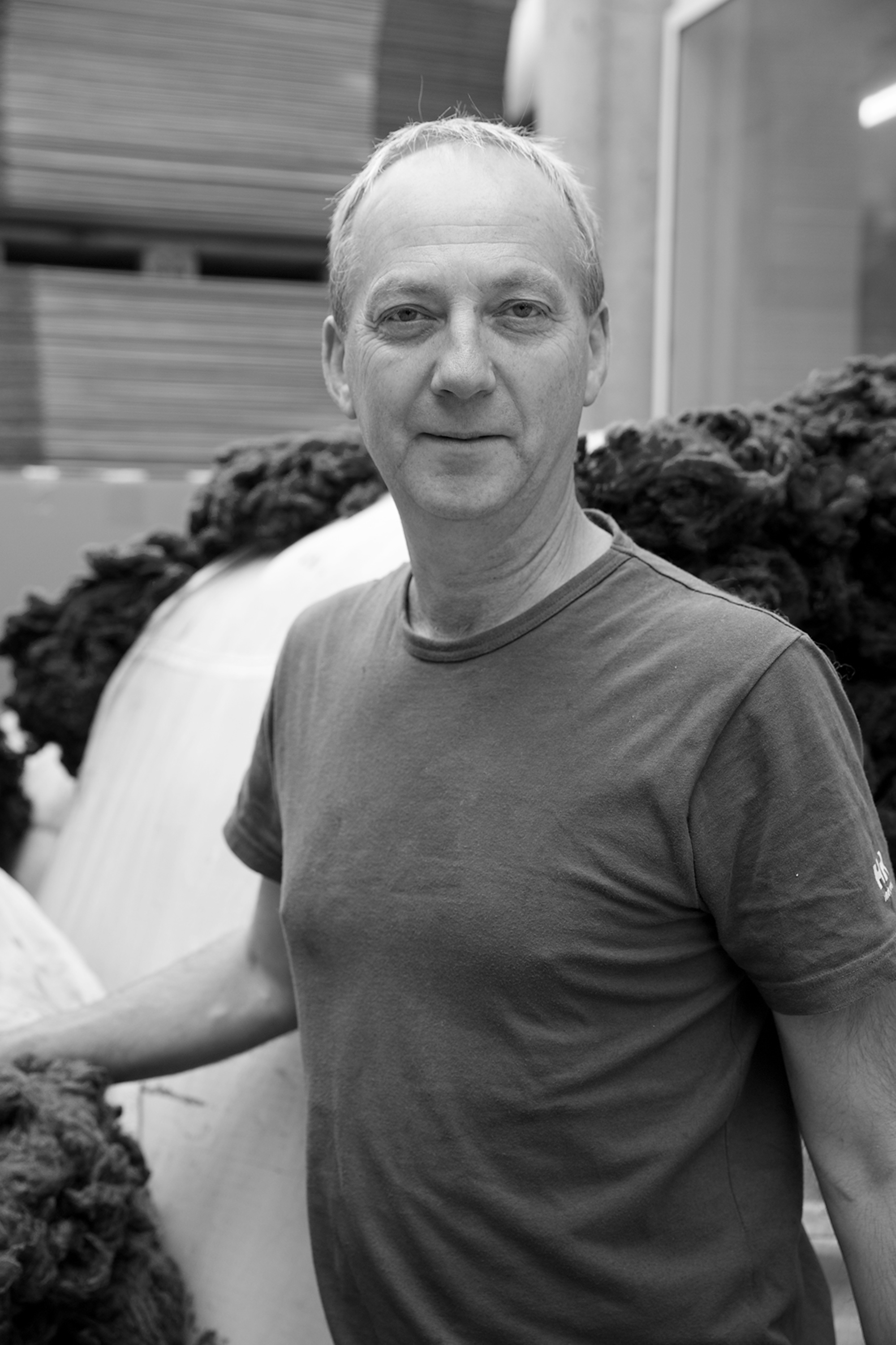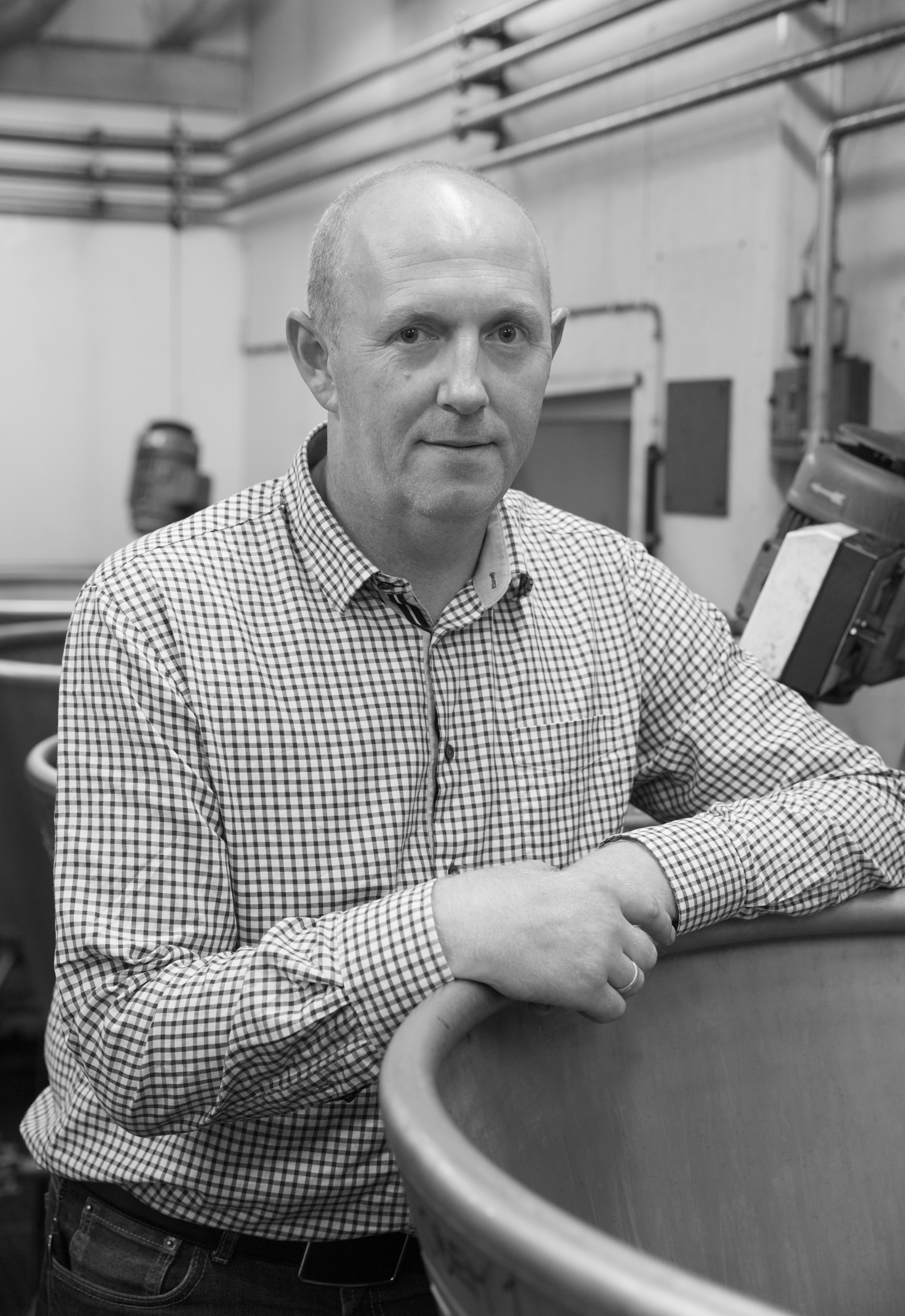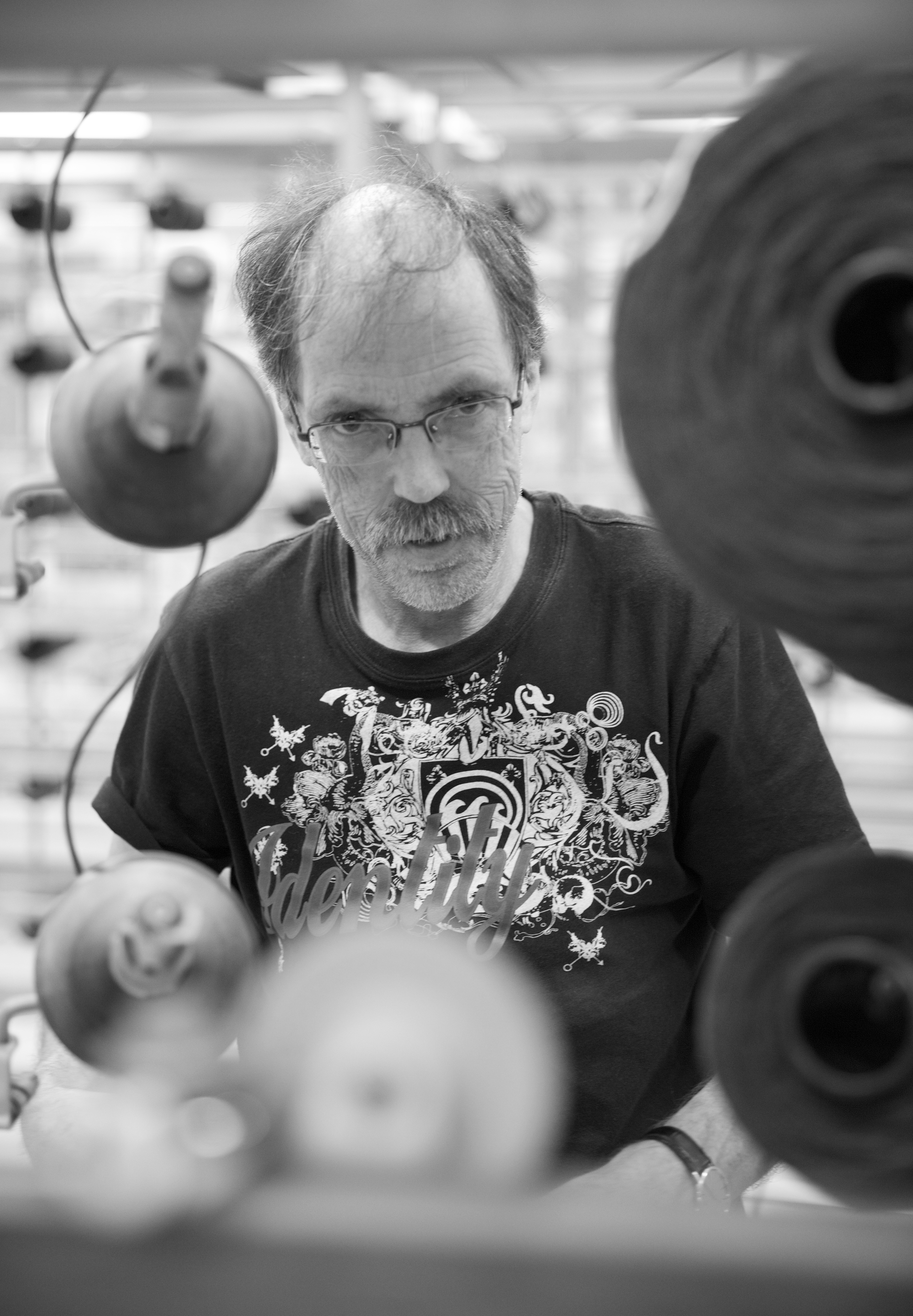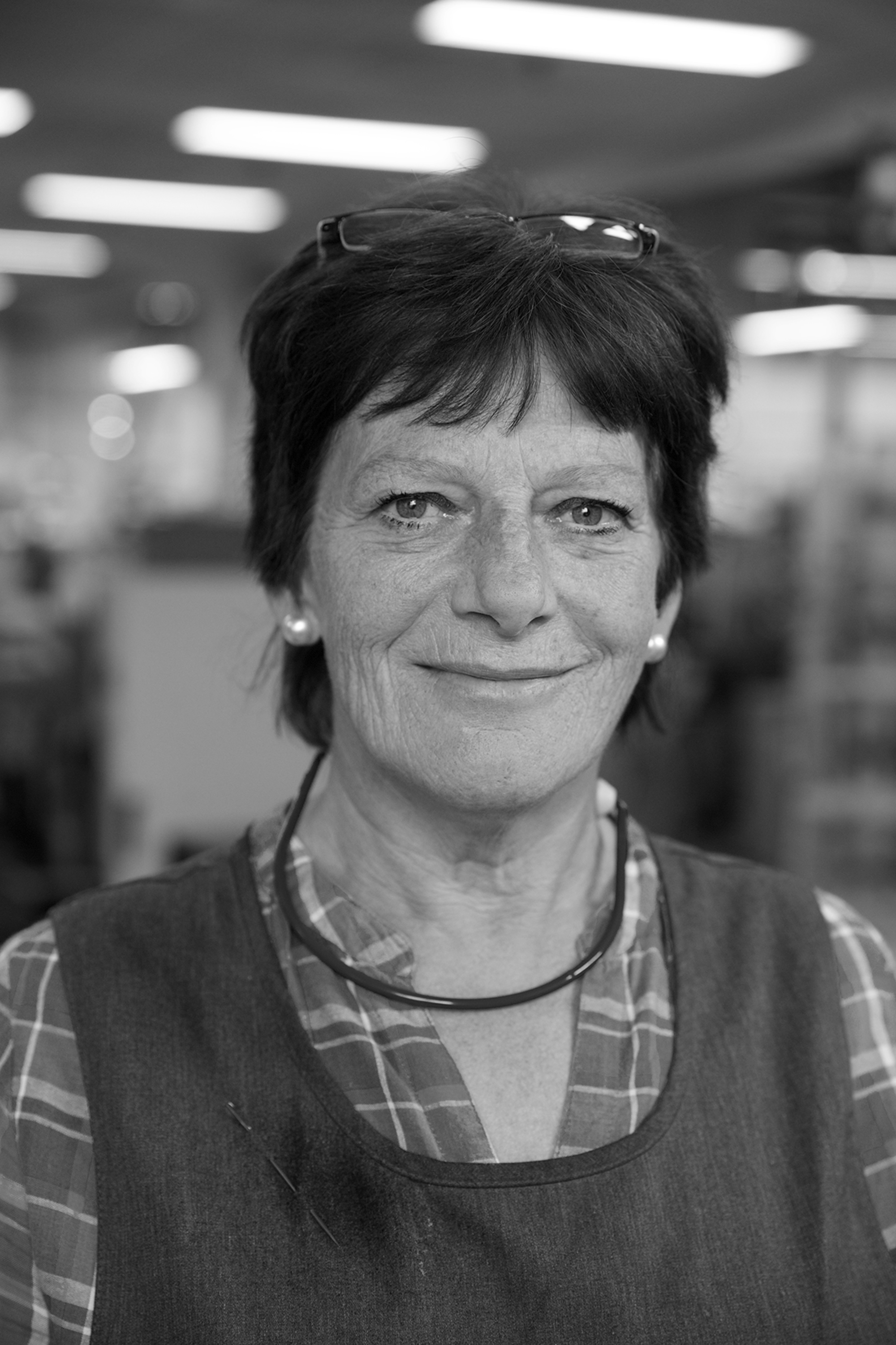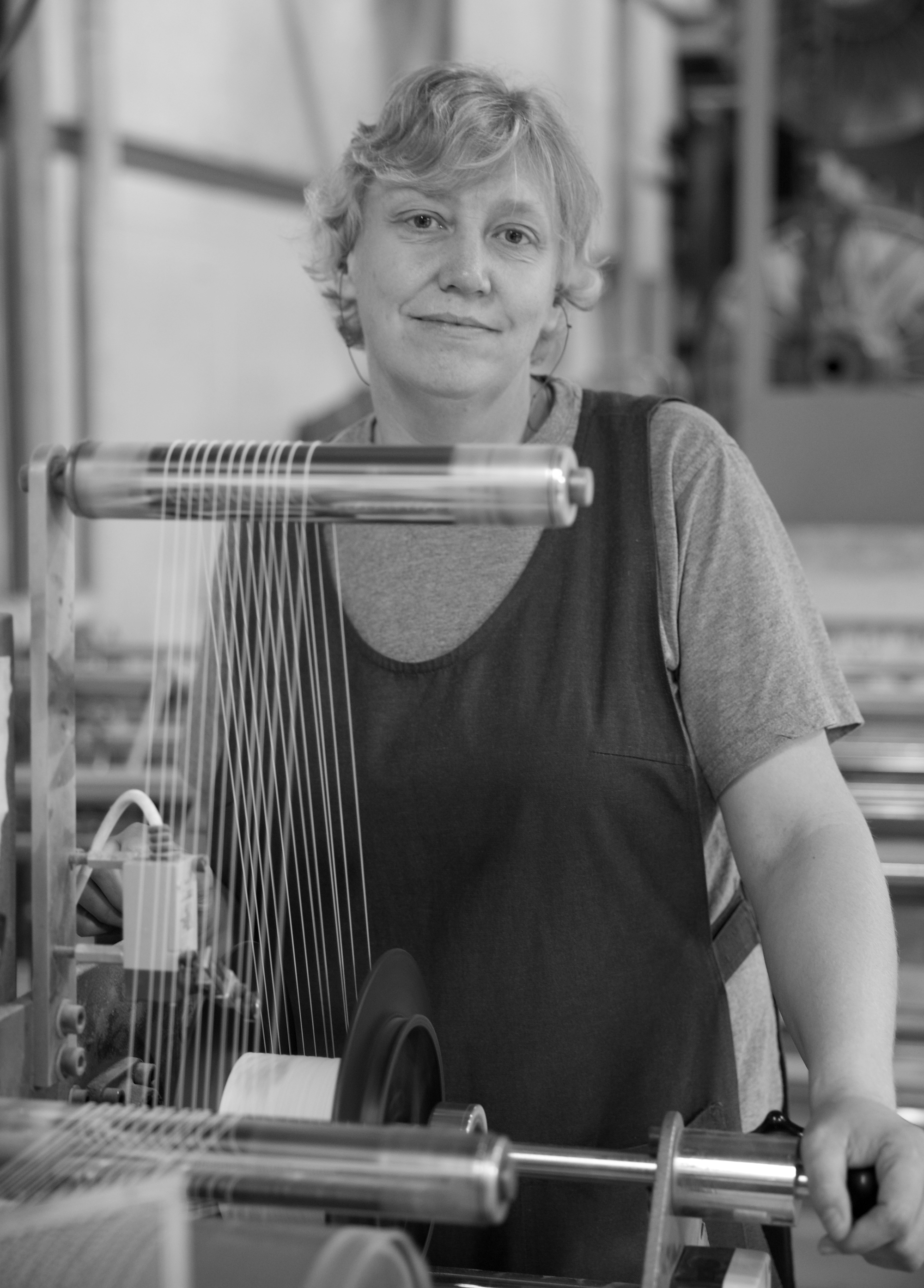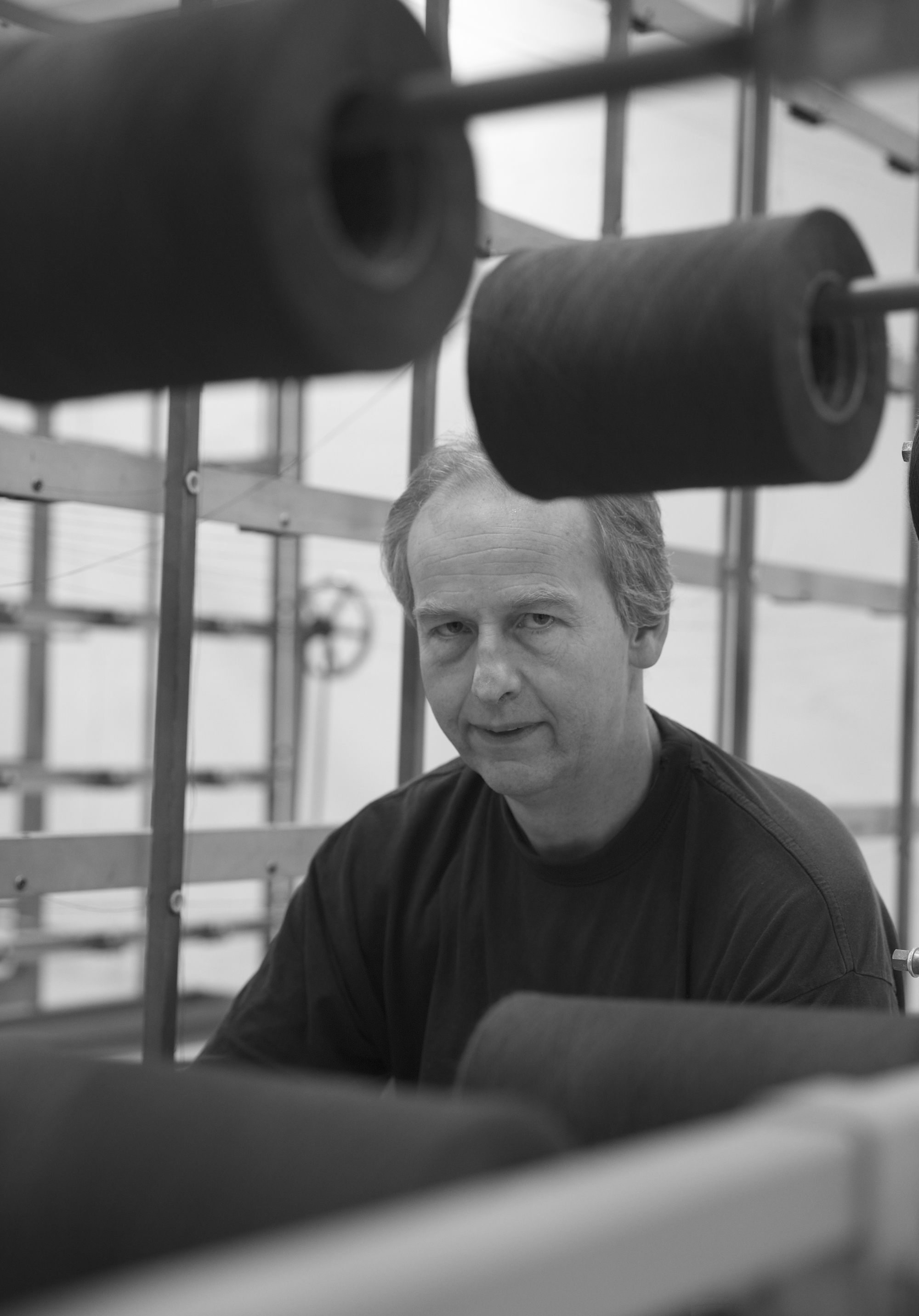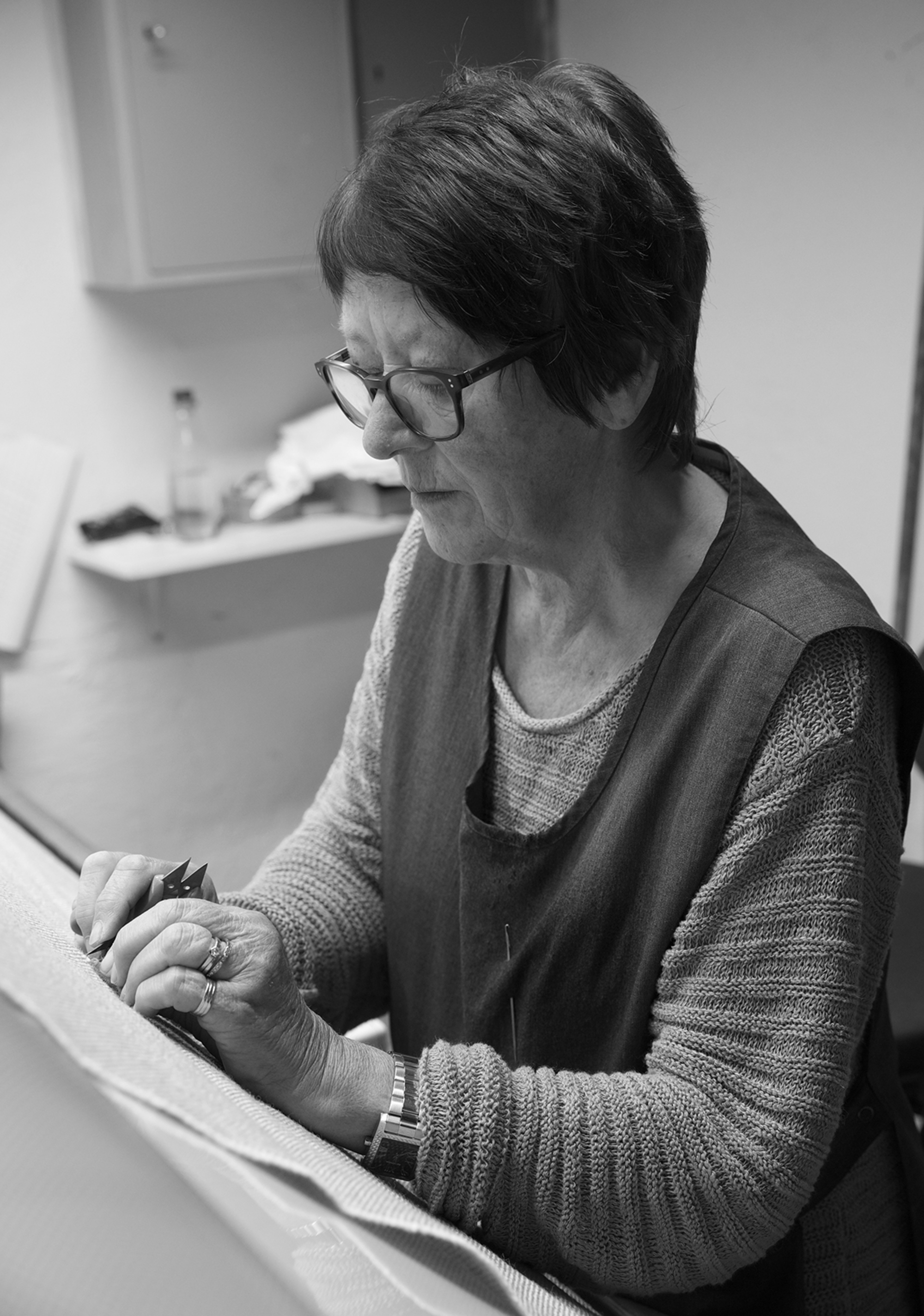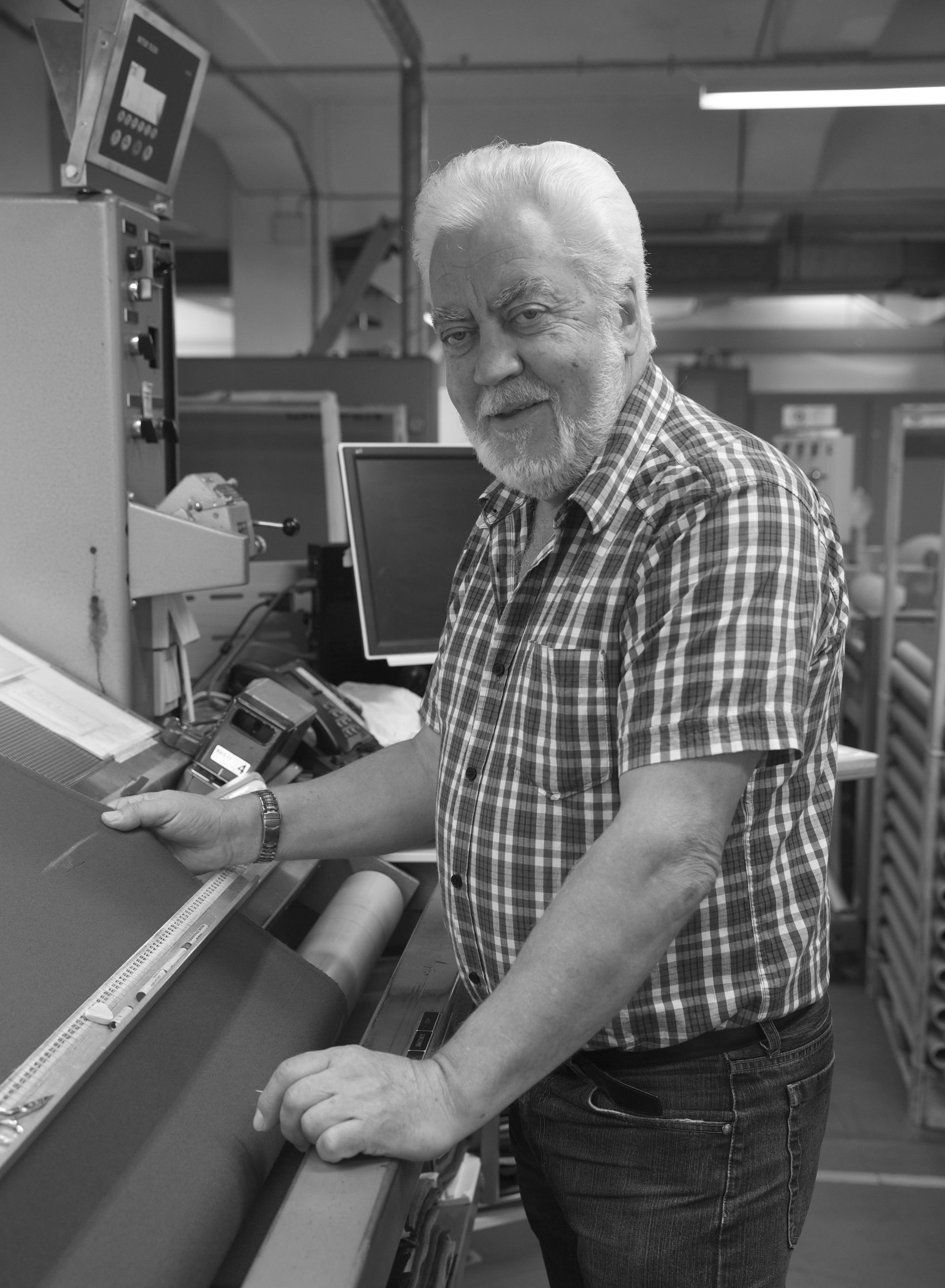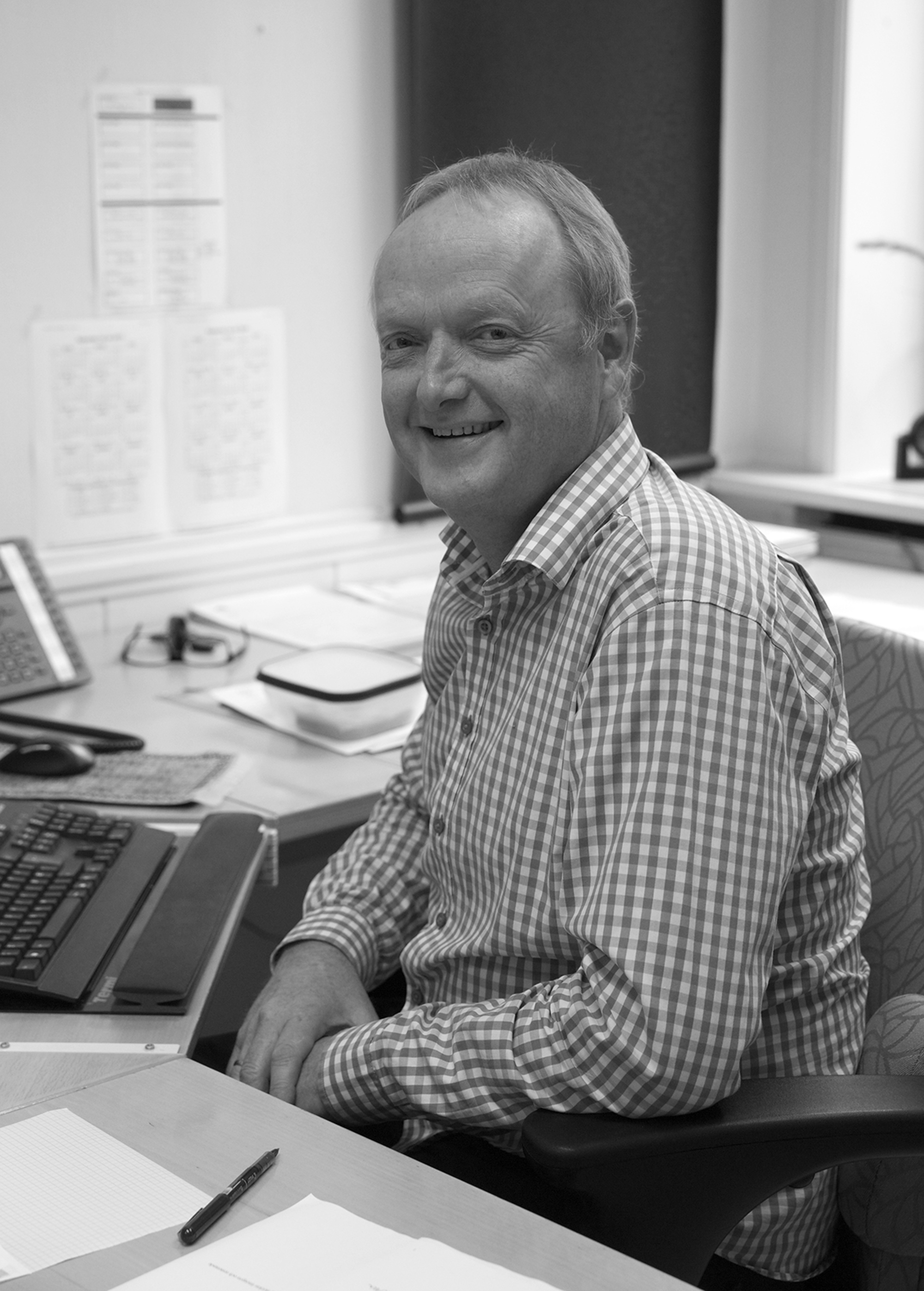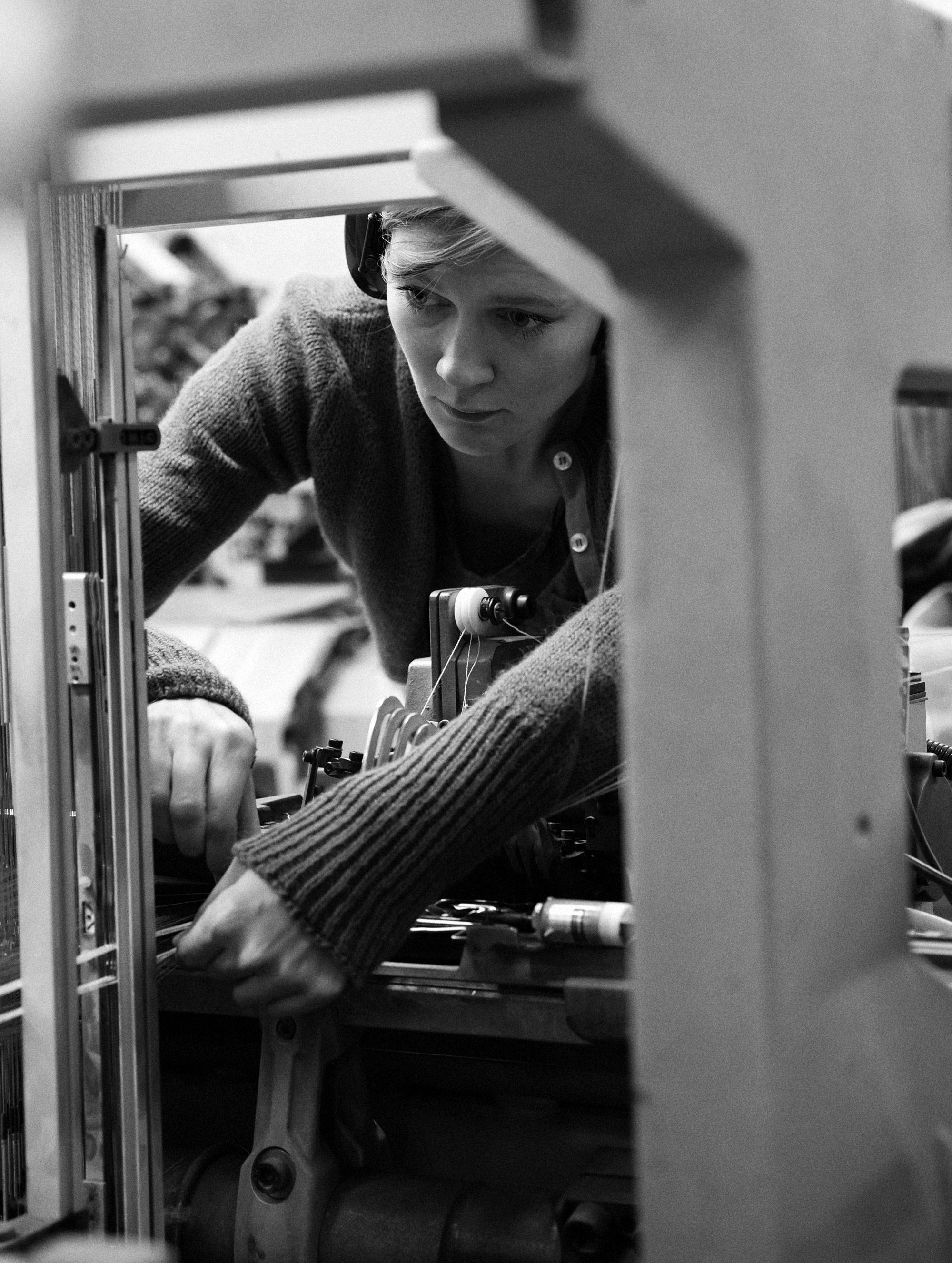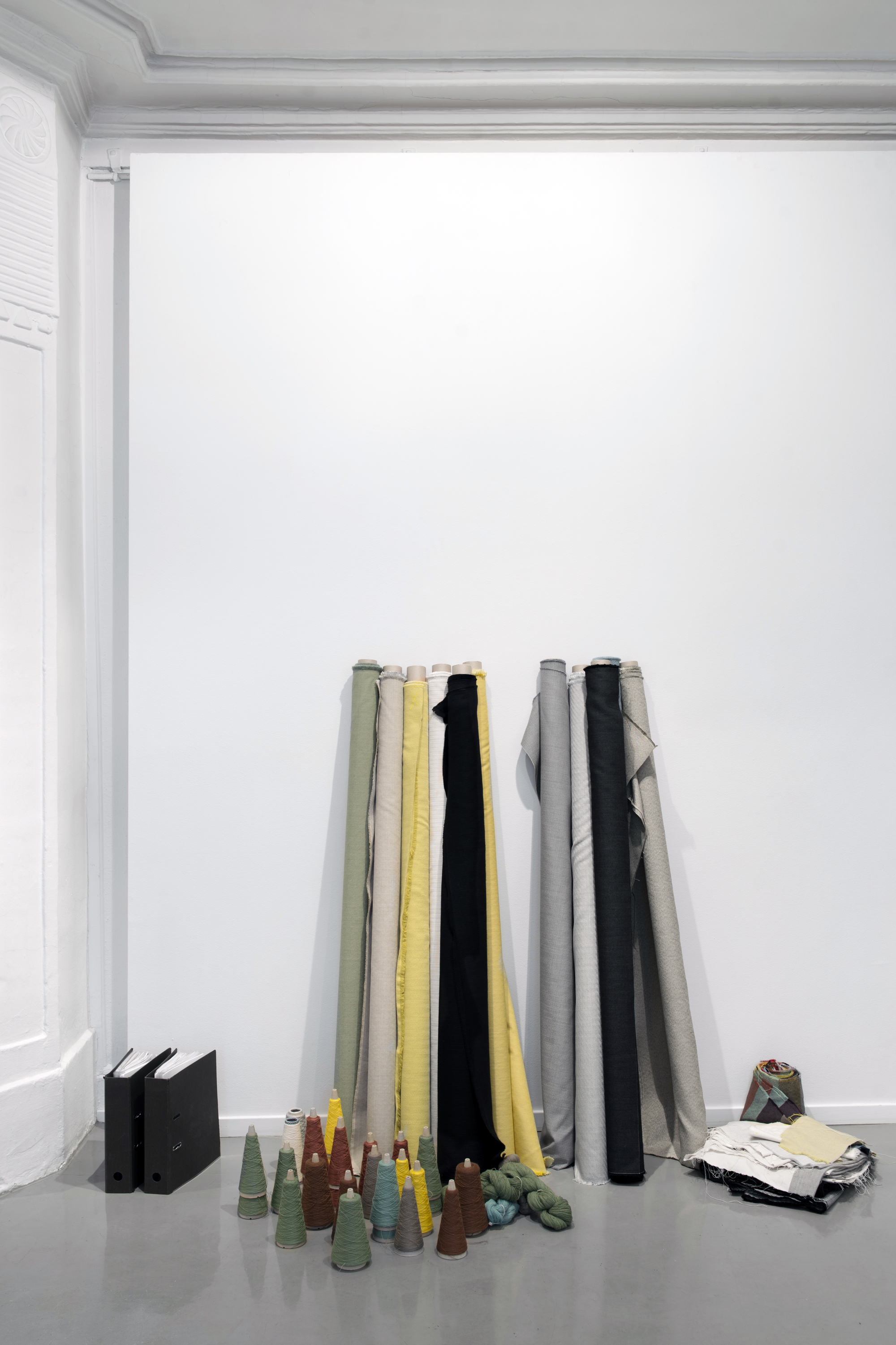Gudbrandsdalens Woollen Mill History
In 1887 Bernt Otto Johnsen established the Gudbrandsdalens Uldspinneri, a spinning mill by the Mesna river in Lillehammer, Oppland 1. After eight years of operation, in 1895 the production expanded to include weaving, dyeing and finishing. The company was from then on a complete woollen mill 2. In 1898, the factory changed its name to Gudbrandsdalens Uldvarefabrik (GU) - Gudbrandsdalens Woollen Mill - and employed 25 people by the turn of the century, 15 of them women 3. In 1912, Andreas R. Svarstad bought the mill, paying 150,000 kroner. Before settling in Lillehammer, Svarstad had been involved in establishing Innvik Uldvarefabrik 4.
The combination of Svarstad's knowledge of textile production and business management provided a good basis for expansion and growth. Through technological development and a strong focus on producing fabrics of high quality, the business grew steadily through the following decades. Even during the 1920s and 1930s, a difficult period for most manufacturing companies, GU showed continuous growth and development of a wide range of products. The company invested surpluses in upgrading technical equipment and factory buildings during the recession, so that it could take a larger market share during better times 5. Production was mainly fabrics for clothing, as well as for interiors.
One of the main reasons why GU succeeded when the Norwegian textile industry was in decline in the 1960s and '70s was that the management was able to respond quickly to changes in the market. An example is that when garment manufacturers started to close, GU shifted from producing fabrics for clothing to fabrics for interiors in a short period of time.
Today, after 126 years, GU is the largest remaining mill in Norway, and one of the leading manufacturers of upholstery fabrics in Europe. The factory is still owned by the Svarstad family, and is an important carrier of tradition and knowledge in the Norwegian textile industry. The mill competes on quality and sustainability, not on price. GU educates its own technicians, either on the premises or by financing education at relevant schools abroad. The company still maintains all the manufacturing processes in house, and technically its production is one of the most modern in the world. The mill now employs around 70 people, while at its peak there were around 350 employees. Even so, the volume in production has never been larger than today. Seventy per cent of the fabrics are exported. Upholstery fabrics from GU are used on the seats of Norwegian trains, on cruise ships and in cinemas, hotels, offices and institutions around the world 6.
GU at Lillehammer represents a continuation of traditions through development and growth, and has become a model for environmentally friendly and quality local production. The centralised operation ensures the shortest possible distance between labour, design, production and consumer. This is a transparent setup that makes all parts of the chain responsible. Management, capital, the entire production line and all necessary knowledge exist in one place, in one city. This has become the most important competitive advantage for GU, and an asset in marketing. Production at the factory was, for a long time, out of step with industrial development in Norway, an anachronism. Today it is an example, for this type of production, of the most modern and future-oriented operation it is possible to imagine.
